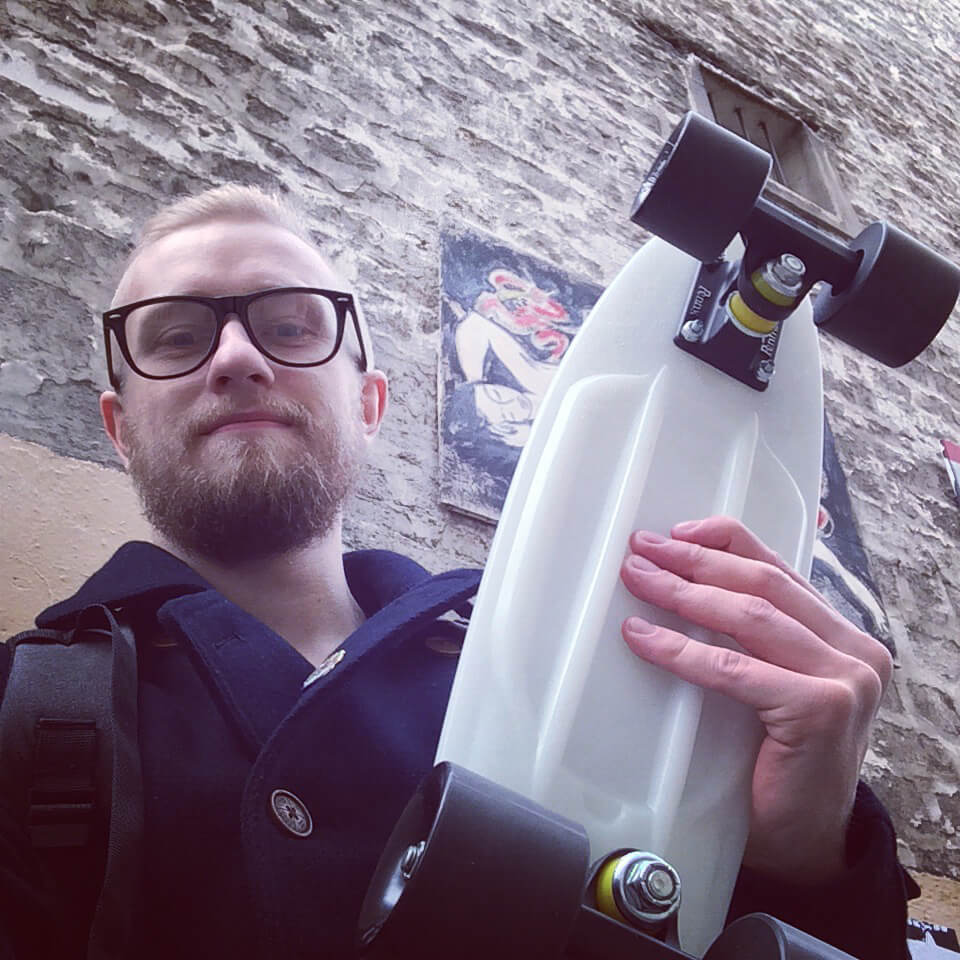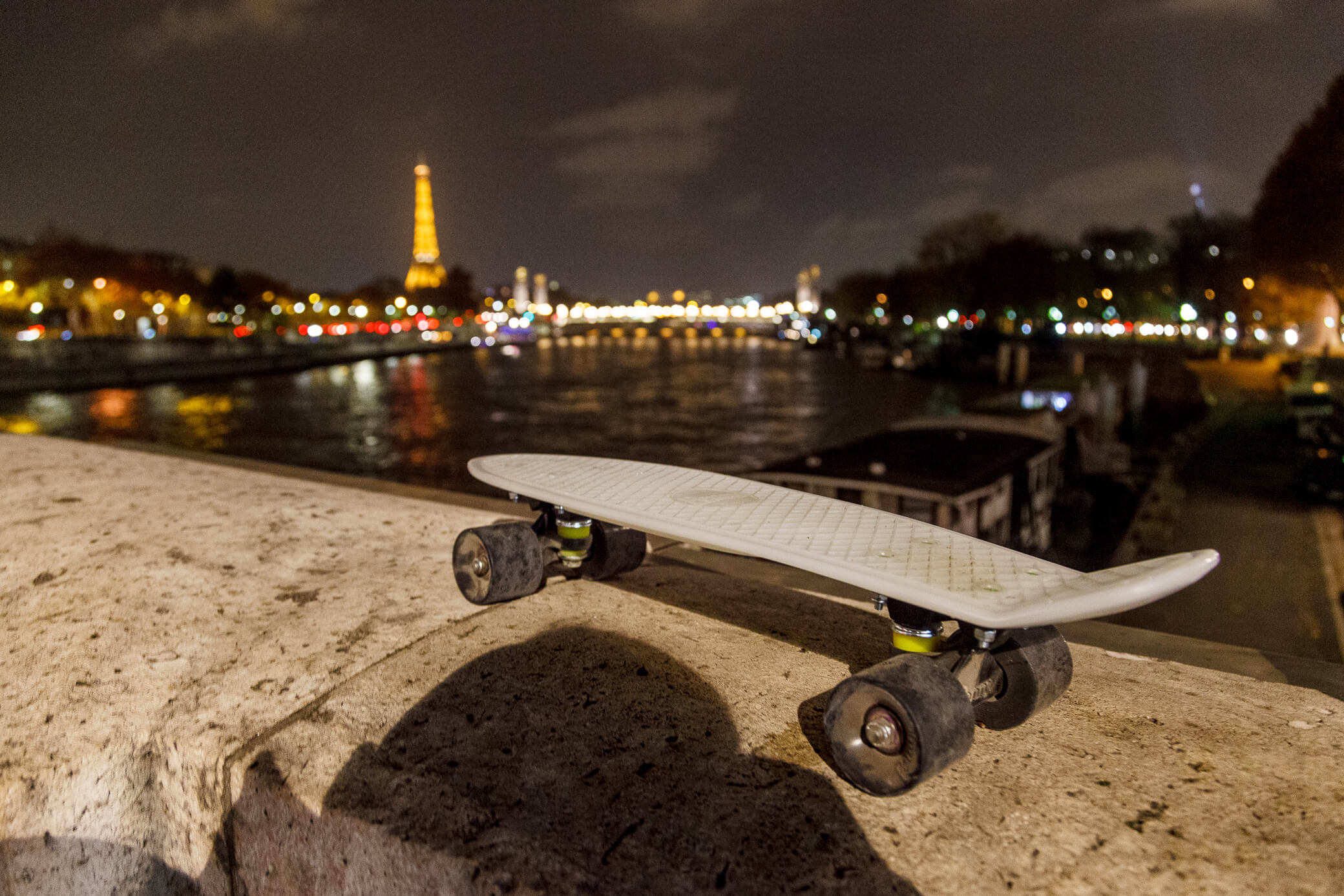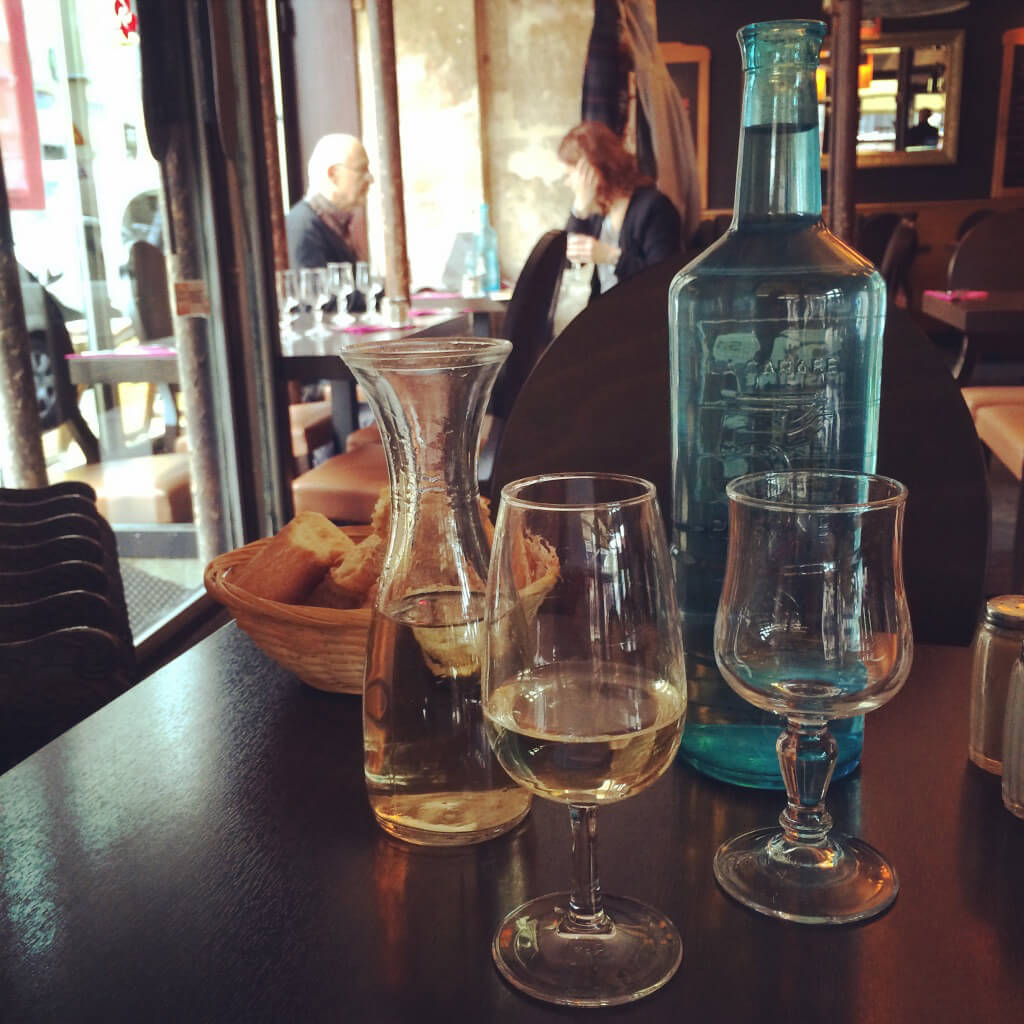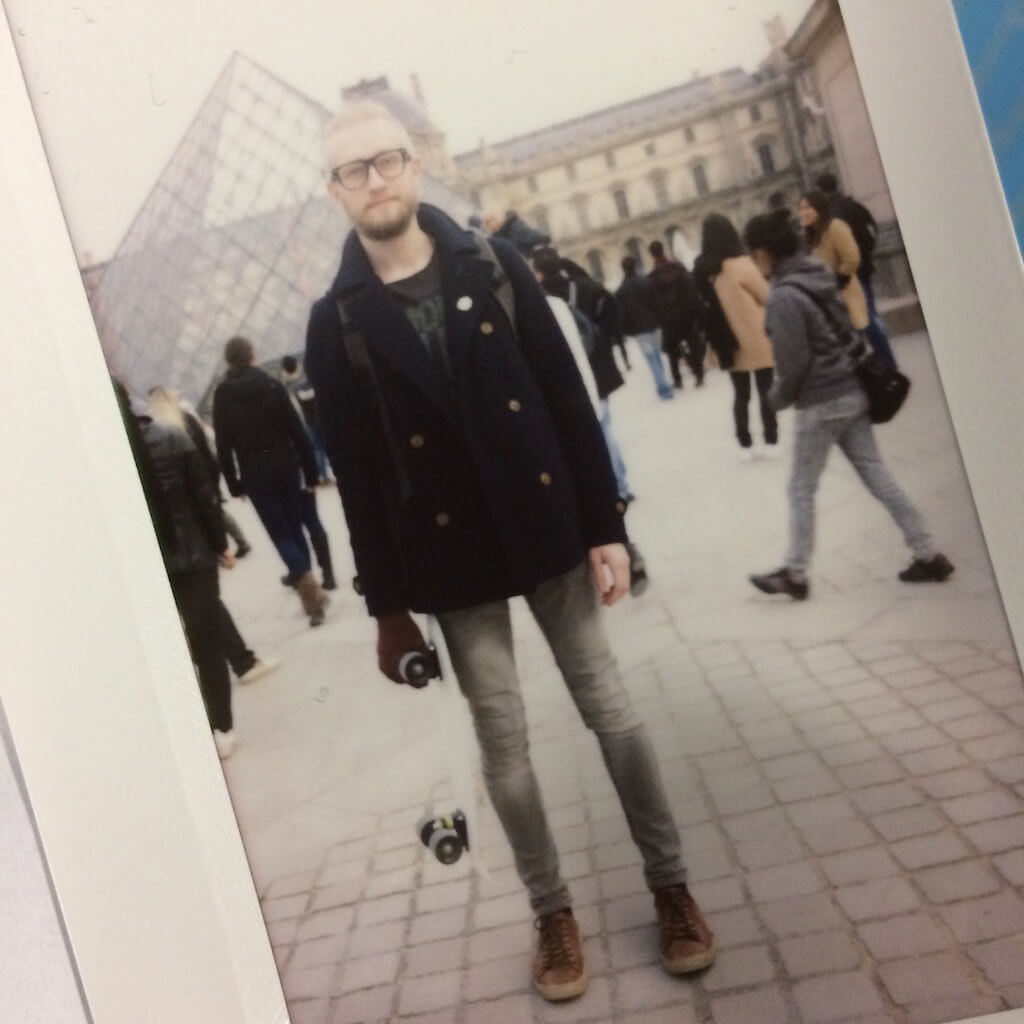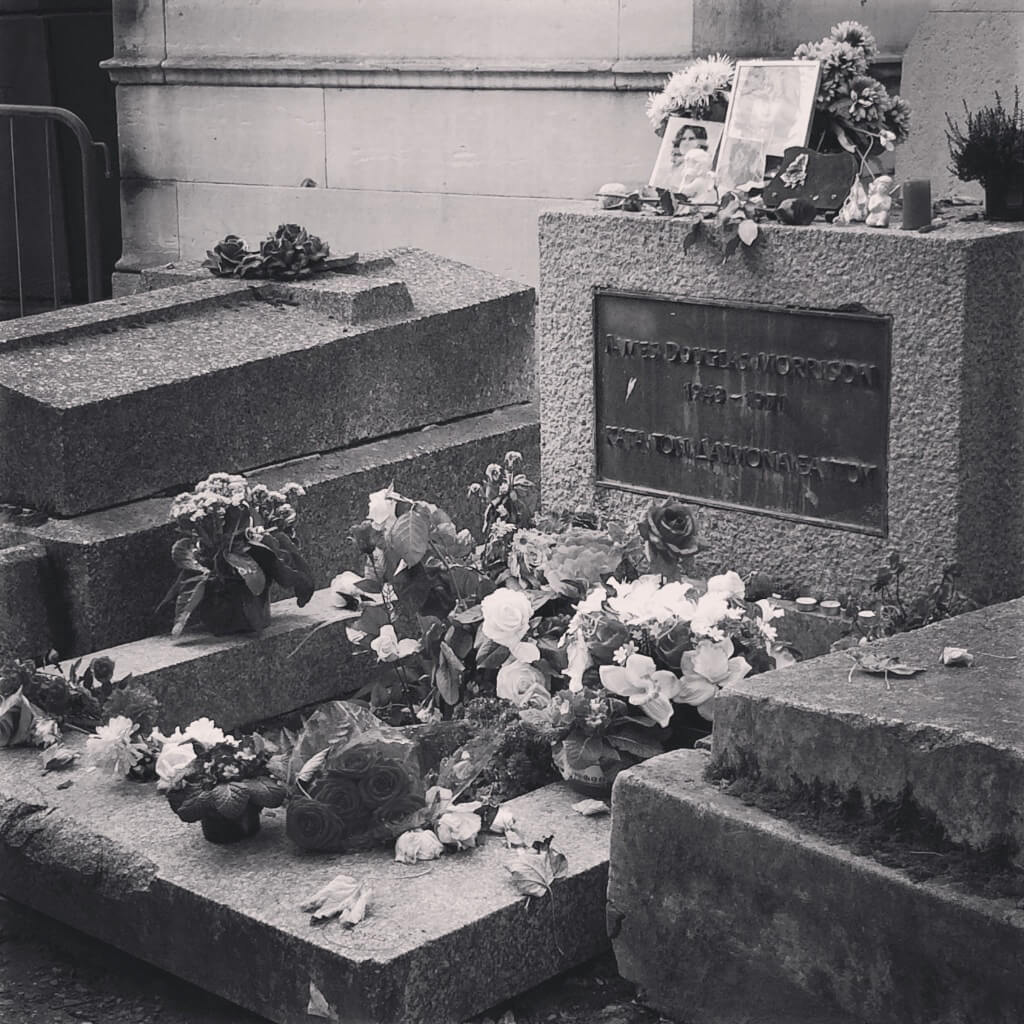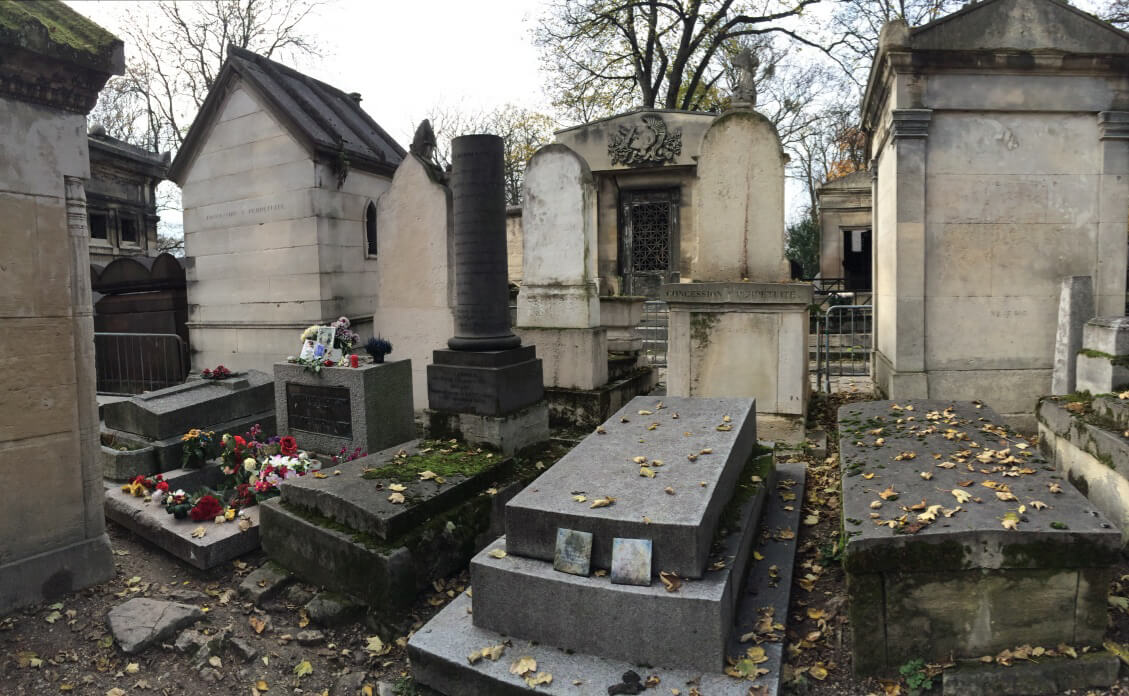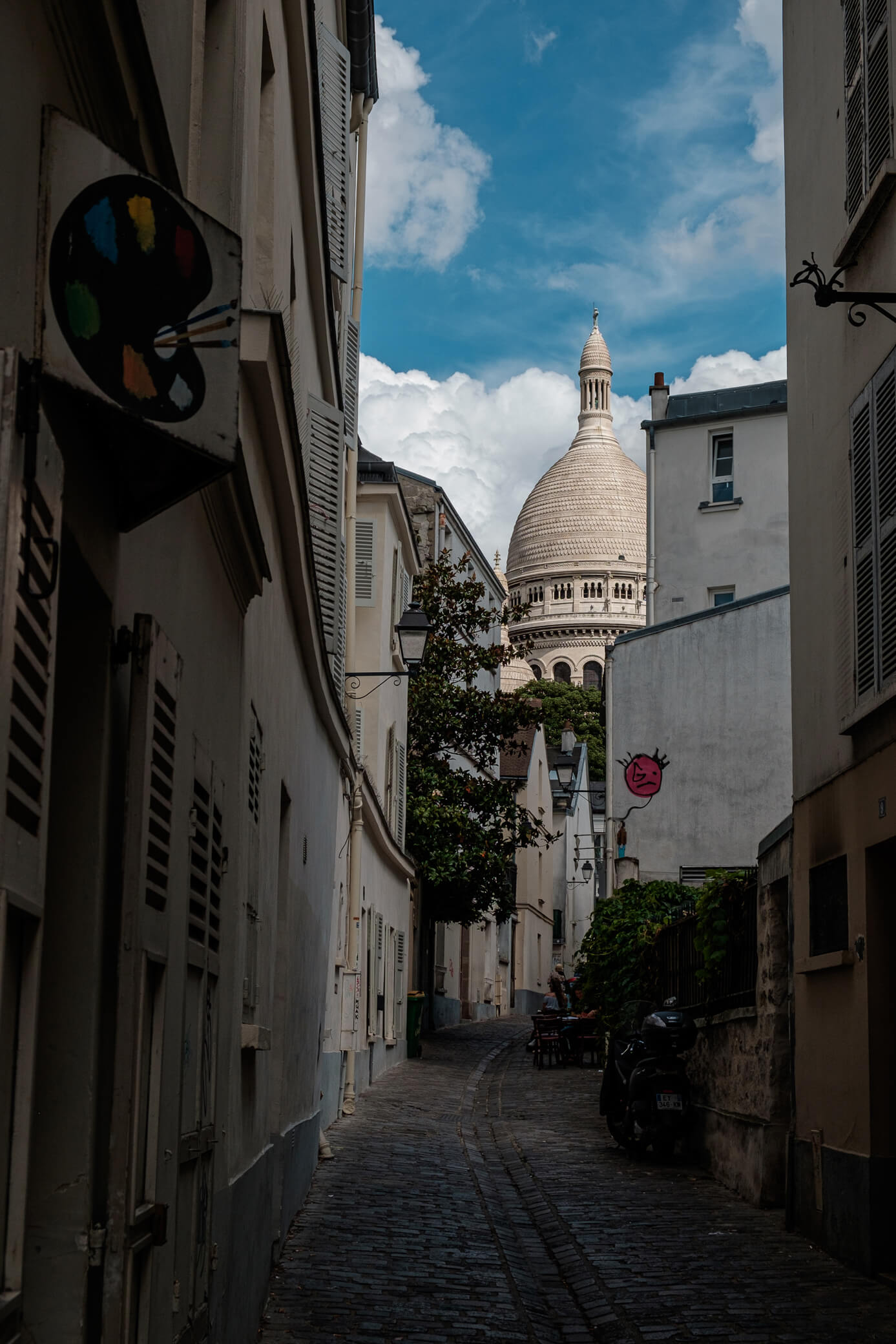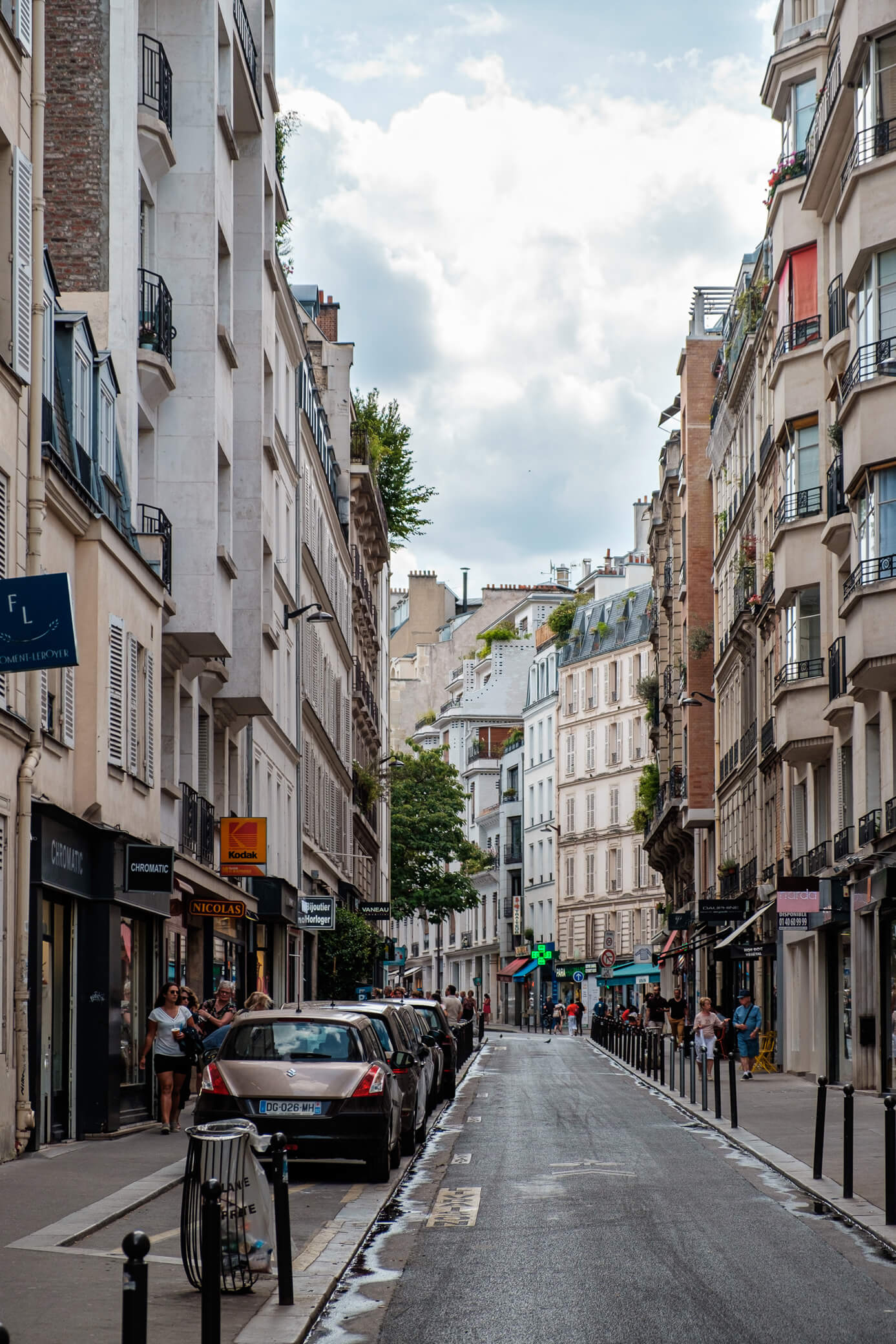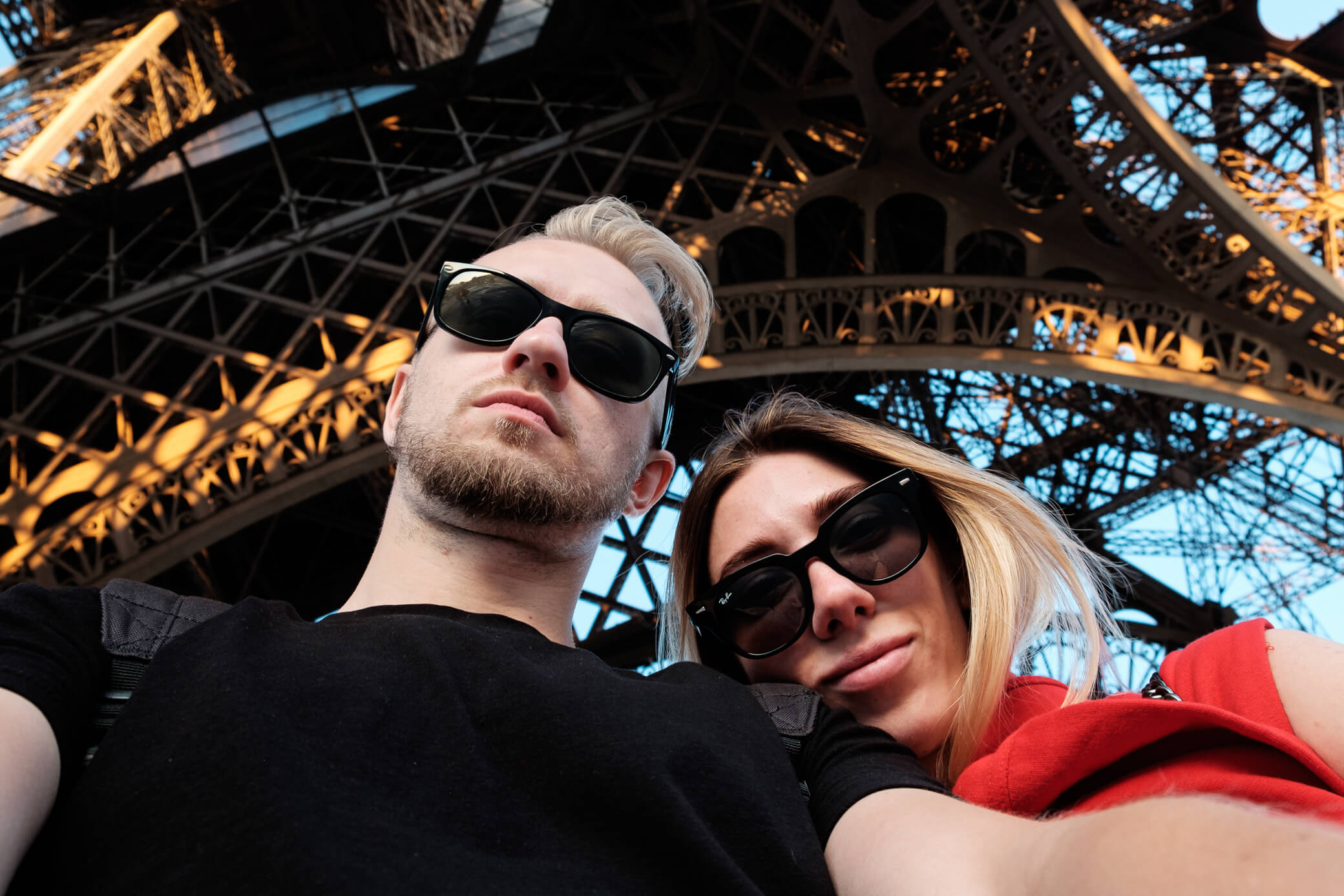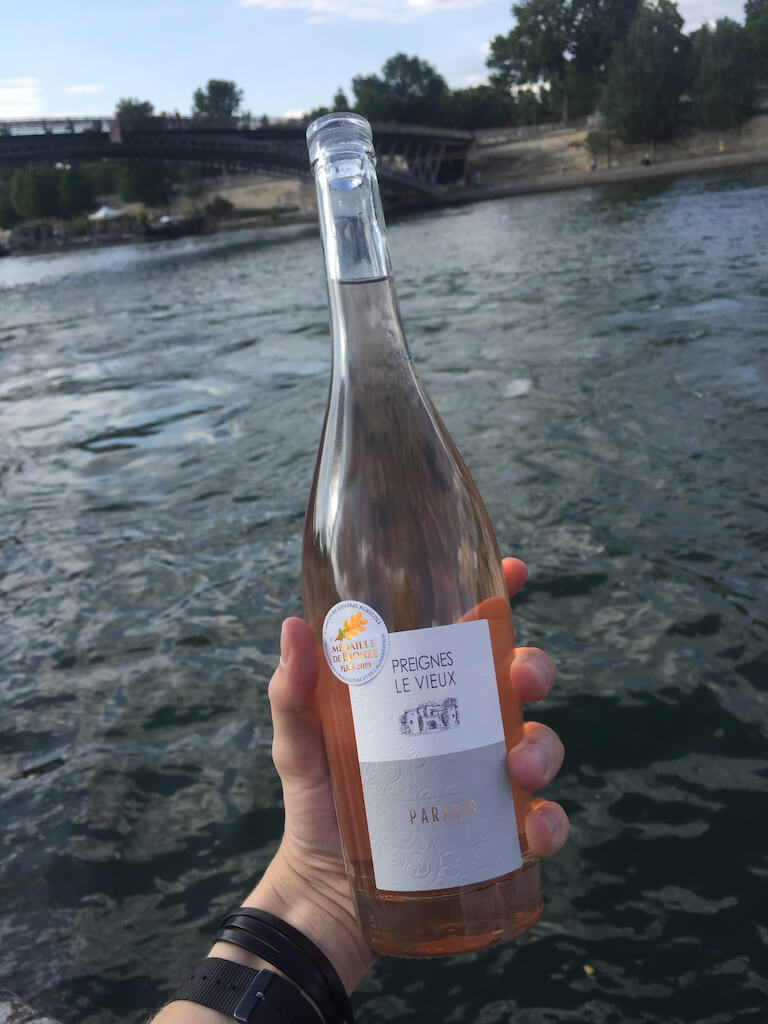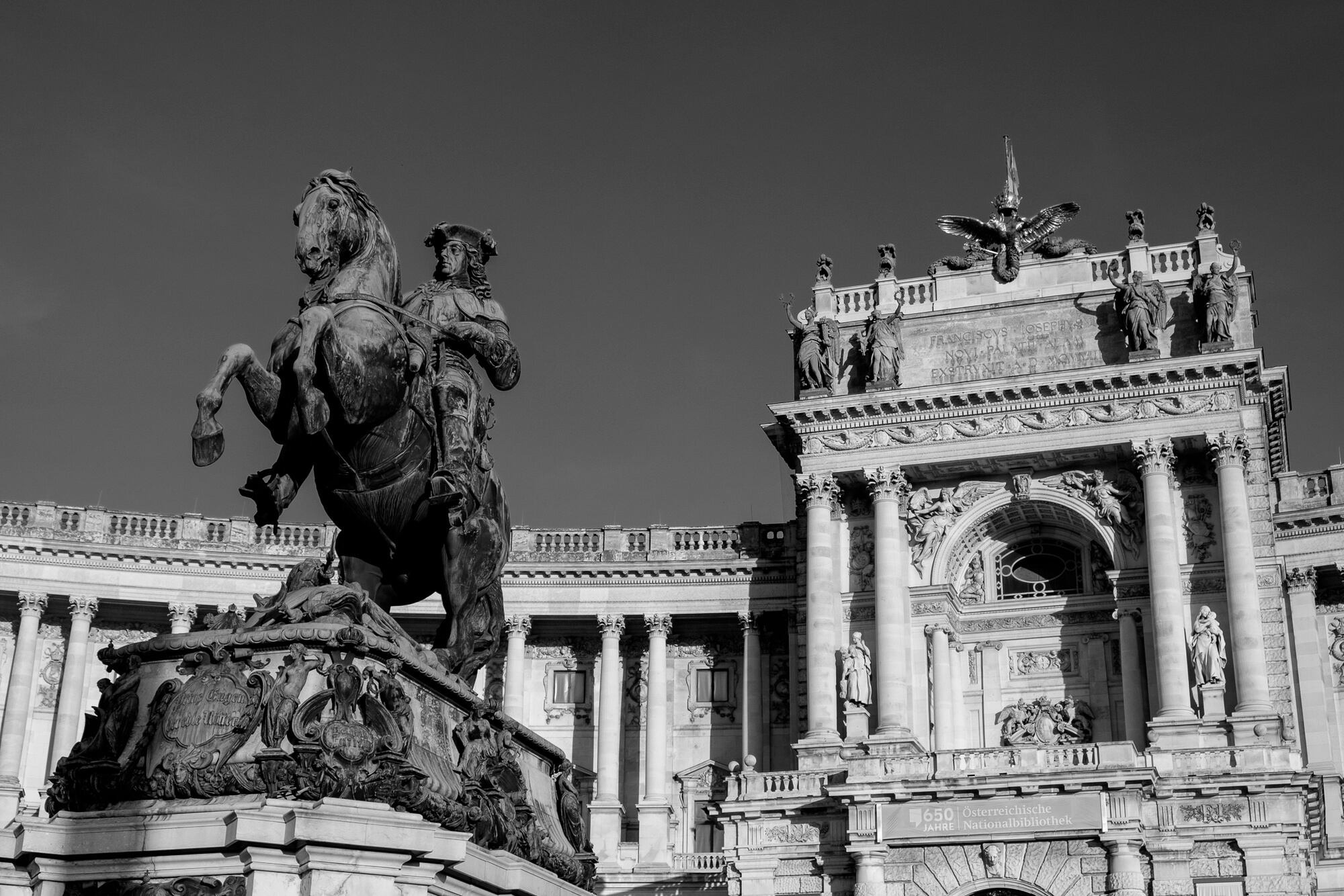This post is also available in Russian 🐻
Today’s itinerary: the good and the bad of Paris, walks through Lyon and Strasbourg, day trips to Dijon, Colmar, and Annecy. As always — plenty of vibrant photos and personal stories.
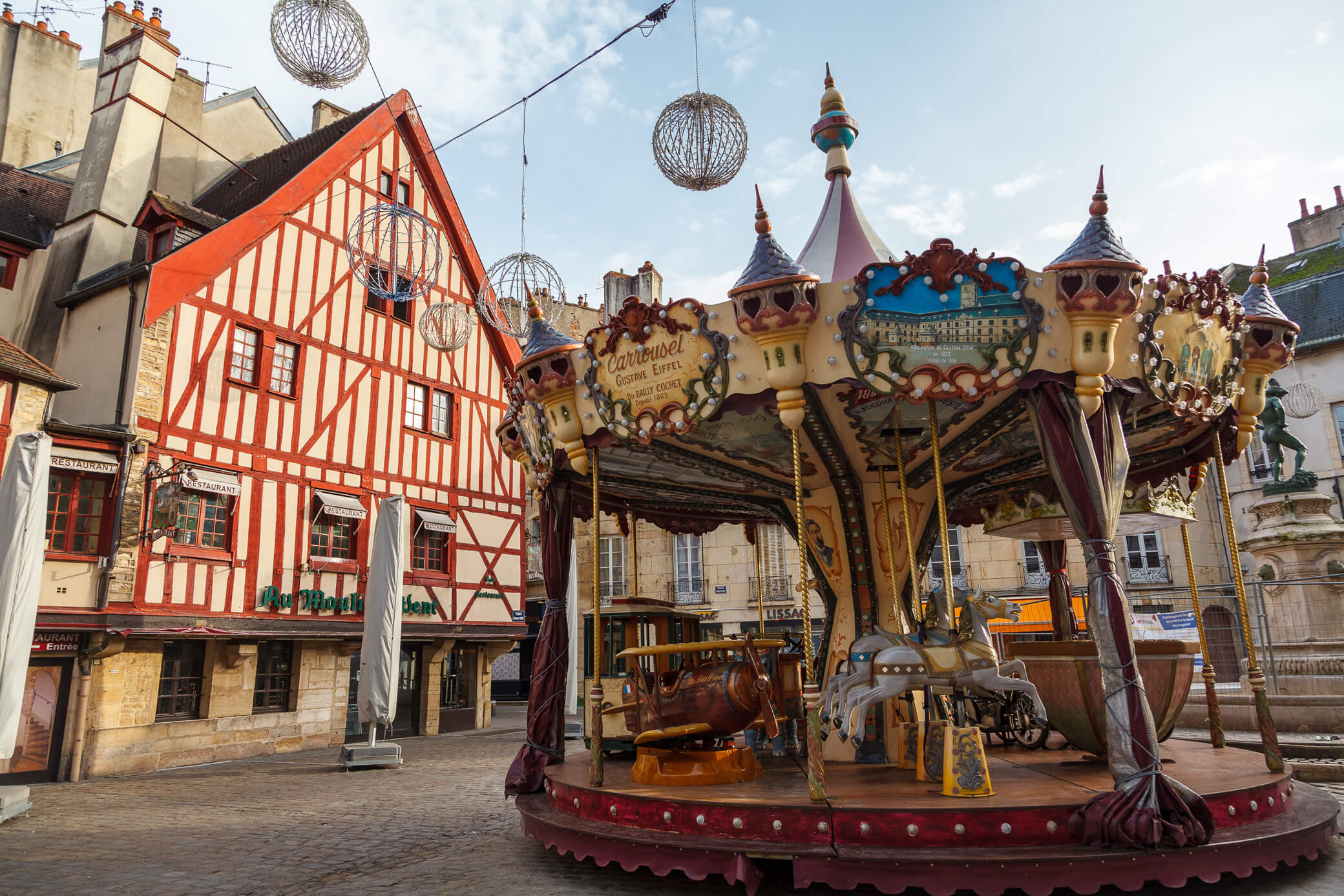
The Bad Paris
My first visit to Paris in 2014 went south right from the start. The biggest mistake? The 18th arrondissement — the area near Gare du Nord and Gare de l’Est, where I unknowingly booked a cheap hotel and forever ruined my first impression of the city.
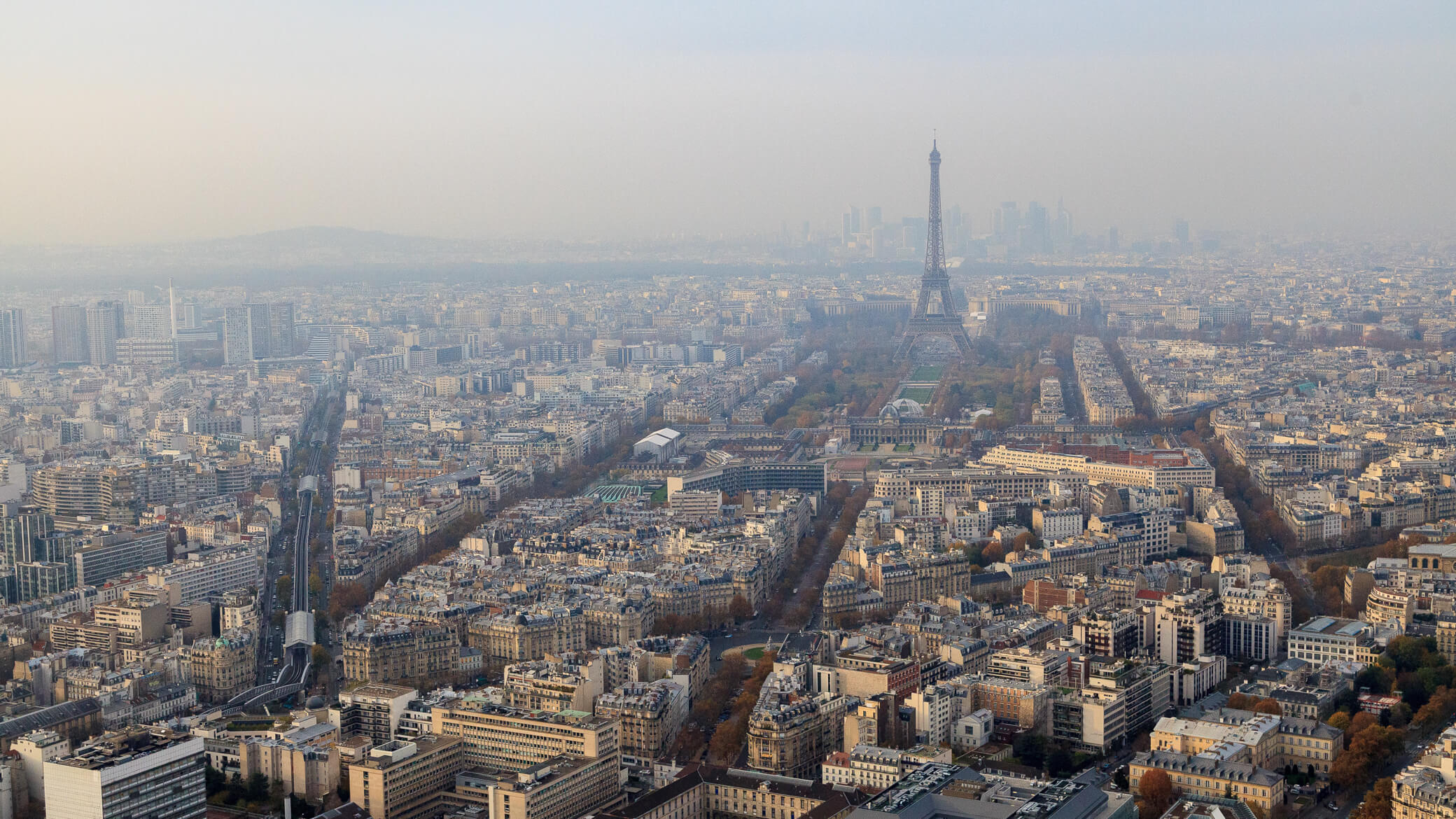
Despite being within walking distance from Moulin Rouge and Sacré-Cœur, the 18th (and nearby areas) felt like a proper ghetto back then — massive Arabic markets, filthy sidewalks, and sketchy-looking drug dealers on every corner.
For context: just a month after my trip, Paris was hit by the Charlie Hebdo attack and the Kosher supermarket hostage crisis, followed a year later by the bombings in Saint-Denis and the Bataclan massacre — the largest terrorist attacks in the country’s history.
They say the city cooled down a bit after all that, but back then — things were tense, the vibe was edgy and aggressive. That week-long trip remains the most uncomfortable I’ve ever had.
On day one, I tried the metro, but the underground felt even less welcoming — just as dirty as Château Rouge’s streets, full of weirdos and troublemakers pulling off random stunts and hassling commuters.
Back in those dark ages, we hadn’t yet attached “-sharing” to every word, so out of sheer desperation I got the cheapest way to cover Paris’s huge distances — a Penny board (which I could barely stand on without wiping out).
And so, covered in bruises, I skated all over — from Montparnasse to Père Lachaise, stopping now and then for brunches and decent wine in local cafés. That’s also how I learned about “French pricing” and lost a chunk of my funds.
Between visiting basilicas and the Louvre, I drank the worst mulled wine in Europe — “vin chaud”, watched the architecture, and quickly grew tired of the city’s kitschy overload. At one point, I felt physically repelled by everything around me.
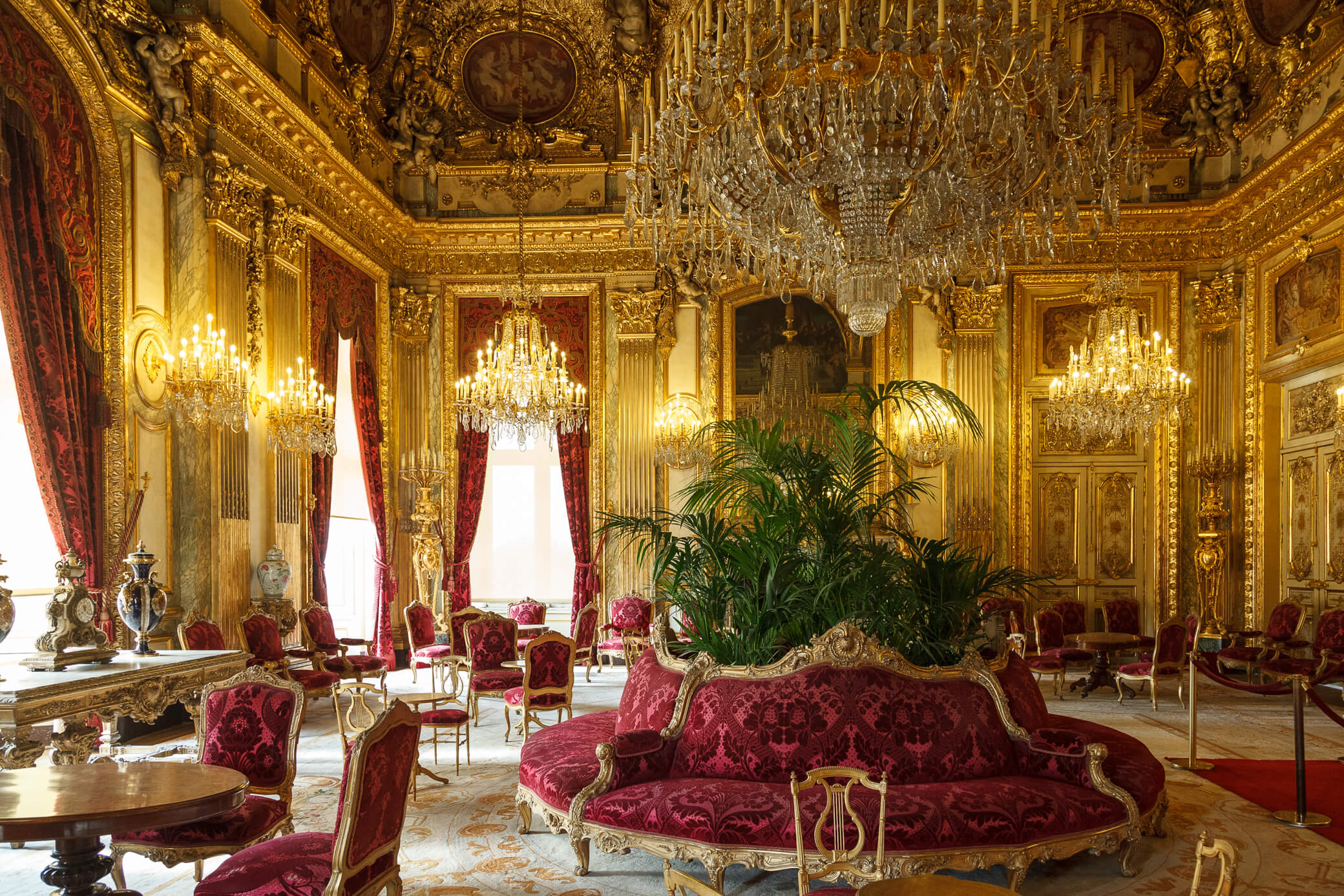
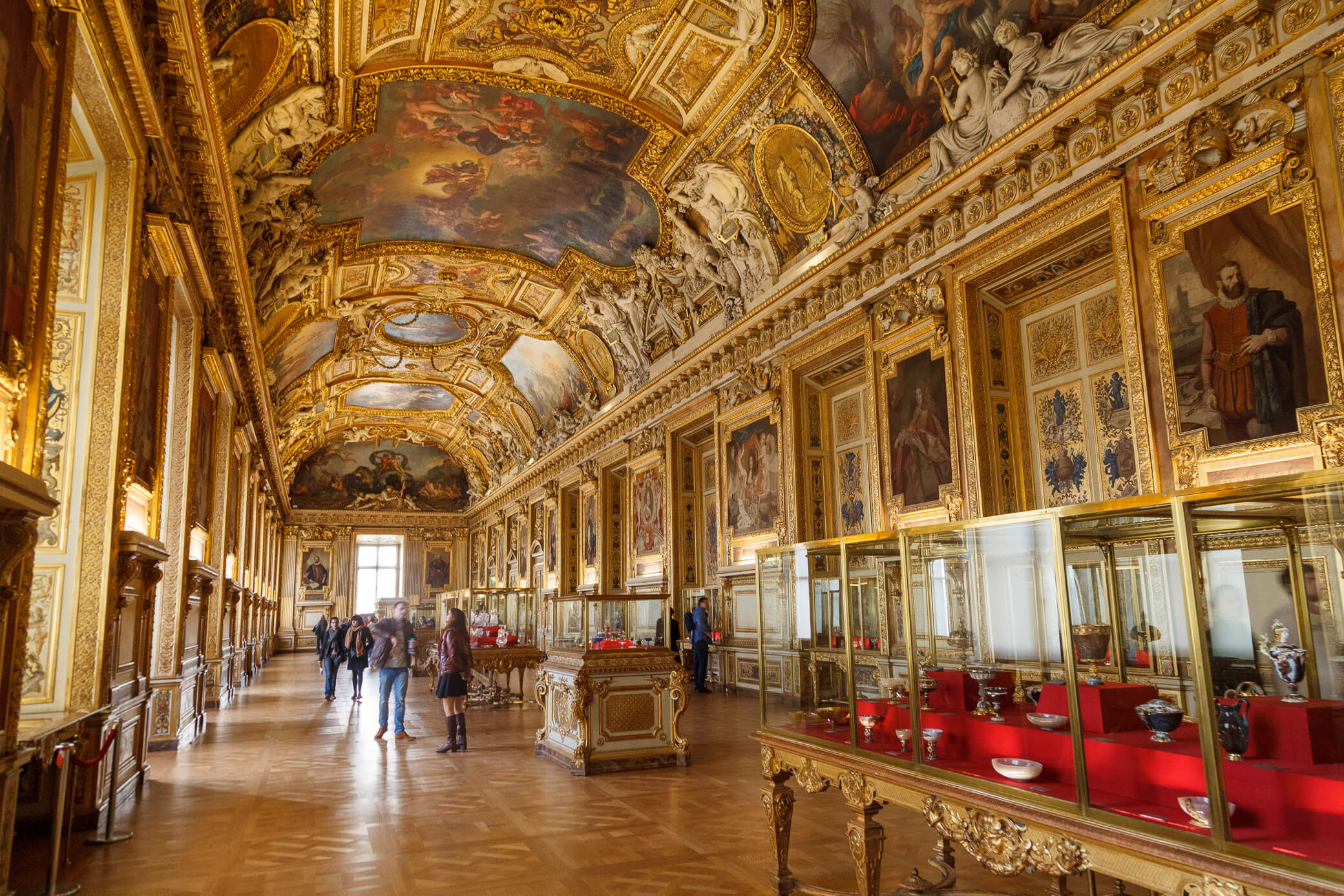
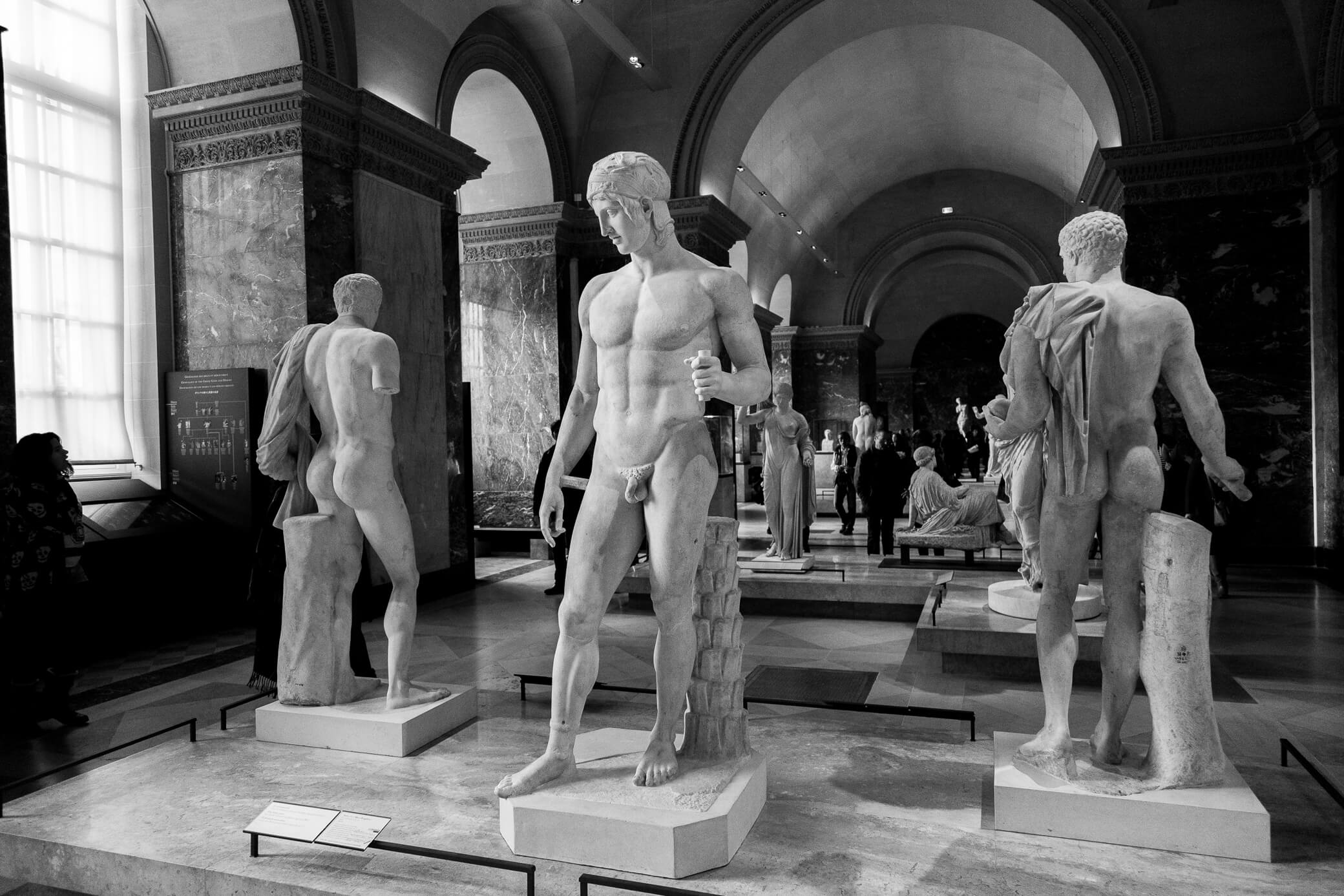

One last weird experience: I randomly met a strange guy from the U.S. at Jim Morrison’s grave in Père Lachaise, and we ended up smoking a joint on the Champ de Mars, listening to a freestyle by a sketchy local rapper.
That dude had never heard of the Louvre or Notre-Dame, had overstayed his visa, blown all his money, and ditched his bike — which he had planned to ride to the airport — in a dark alley. We never found it again.
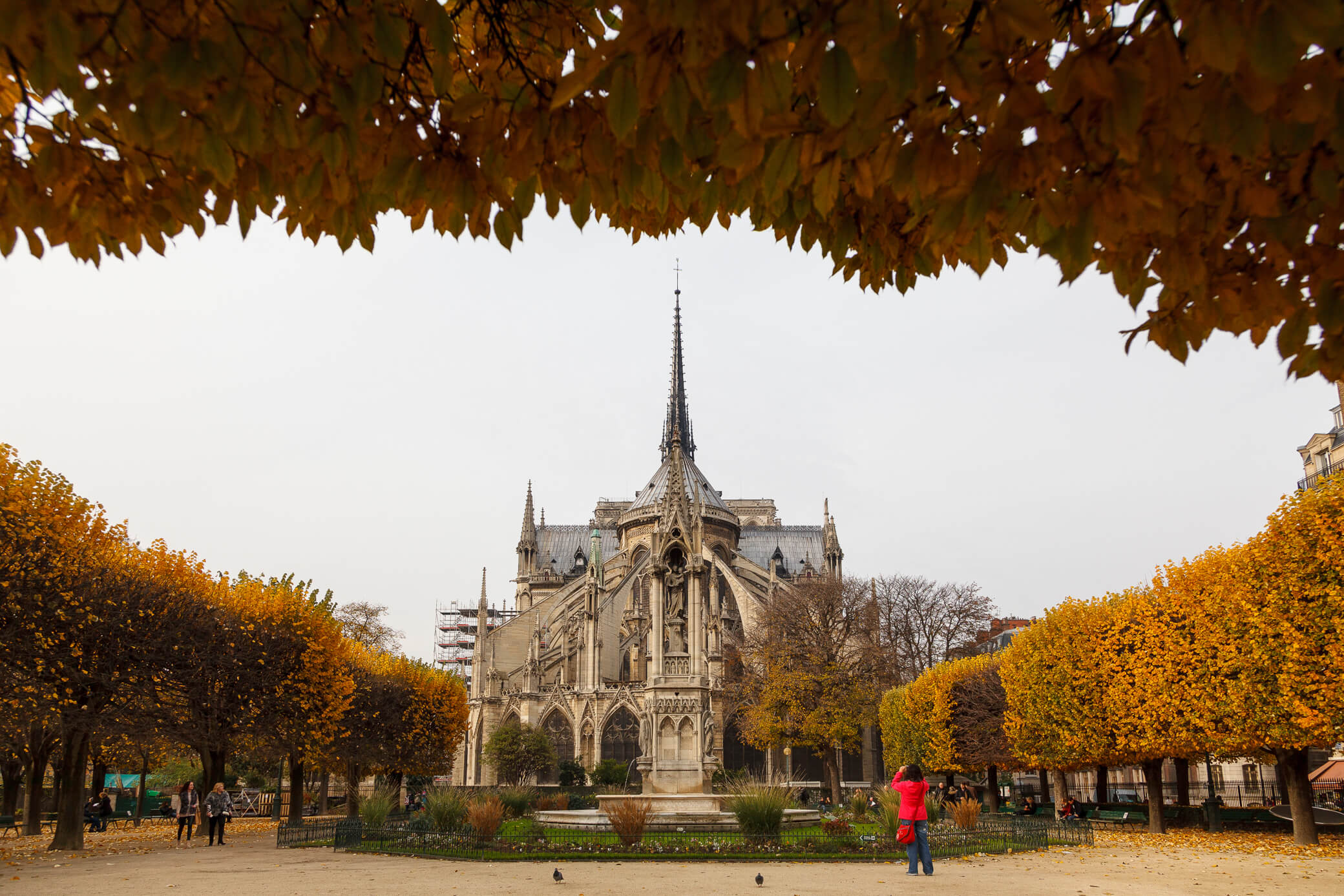
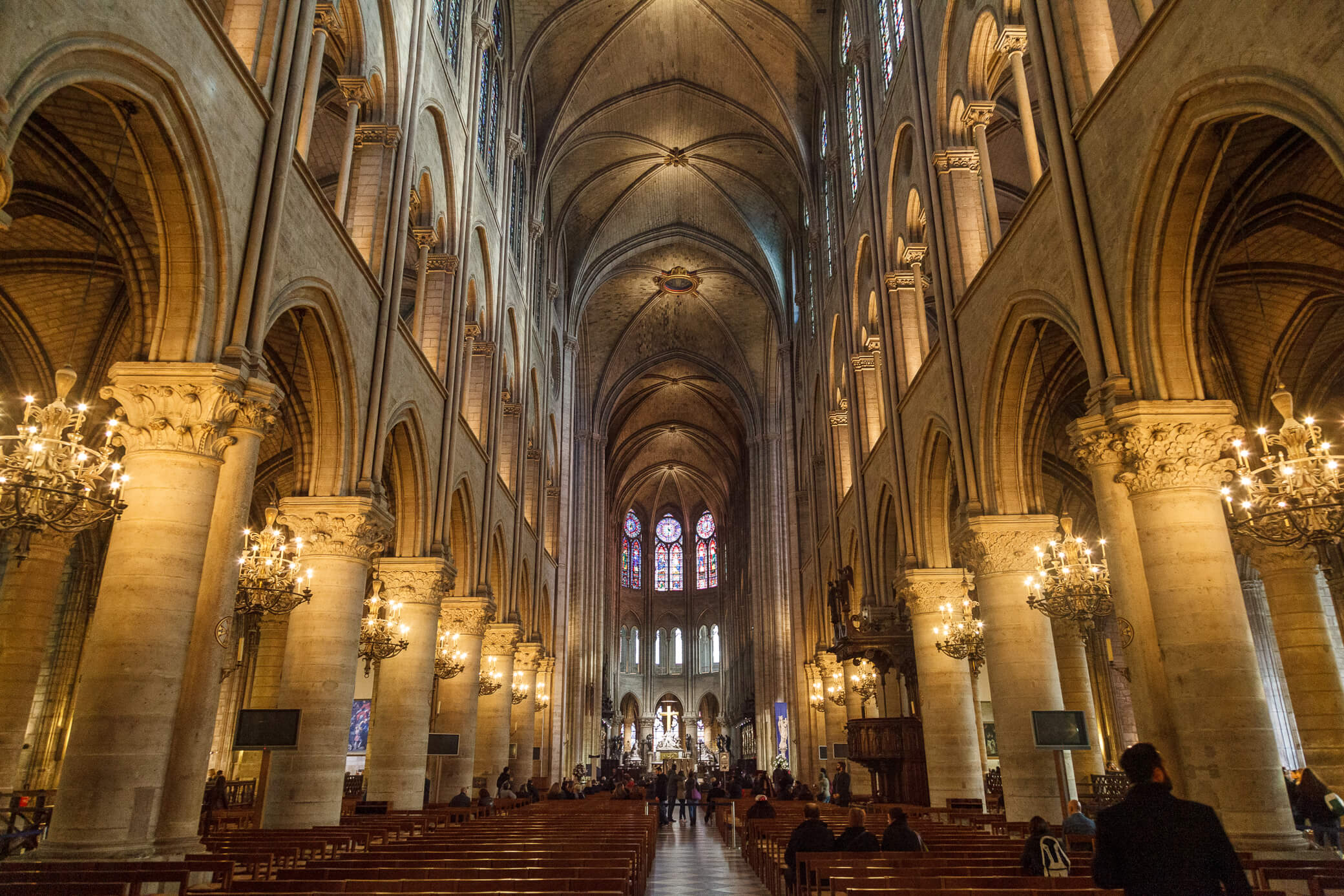
I treated him to some terrible mulled wine from the Champs-Élysées fair and gave him a few euros for the metro. I nearly missed my train the next morning, mixing up the stations thanks to a hangover. But I caught it just in time and left unfriendly Paris behind.
The Good Paris
In the summer of 2019, I returned to Paris with a healthy dose of skepticism. But this time, the city pleasantly surprised me. It really did feel cleaner, more comfortable, and like it had shed a good chunk of its usual social tension. Or maybe it was just a lucky coincidence.
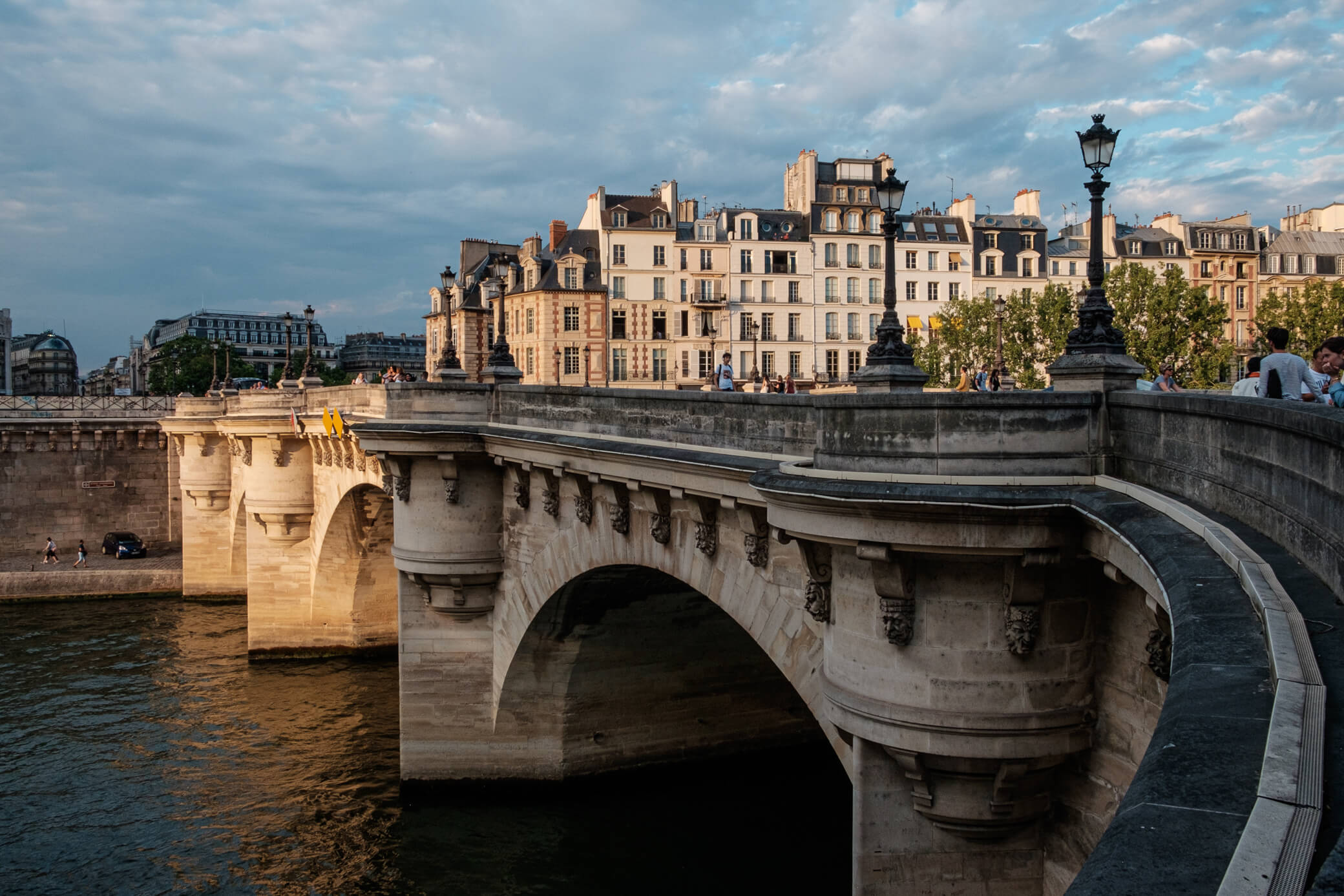
This time, with more experience under our belts, we rented a place closer to the center — about ten minutes from the burnt-out Notre-Dame. At check-in, we were greeted by the most cartoonish host: a gay guy in a striped tank top and Balenciaga slippers, flashing a charming little “voilà.”
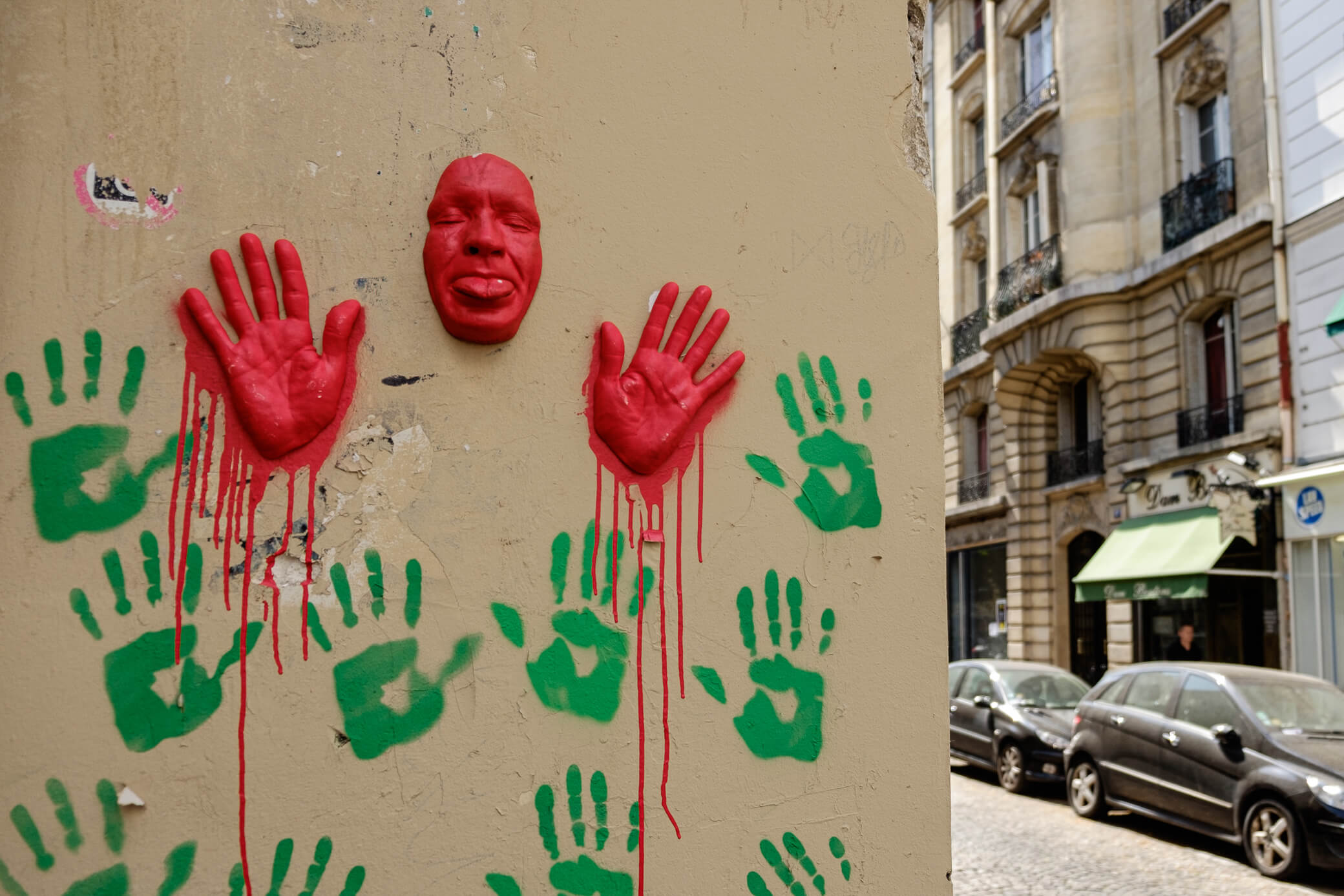
These days were all about total tolerance, picnics with amazing cheap wine, bakeries with the world’s best cappuccino, cafés serving delicious onion soup, and late-night scooter rides through Paris. Oh, and the Bastille Day parade too.
In the summer, covered in lush greenery, Paris doesn’t feel so over-the-top and pretentious. The foliage softens the bulging façades and baroque reliefs, making the city feel more welcoming and cozy — even for a regular guy from the Russian provinces.
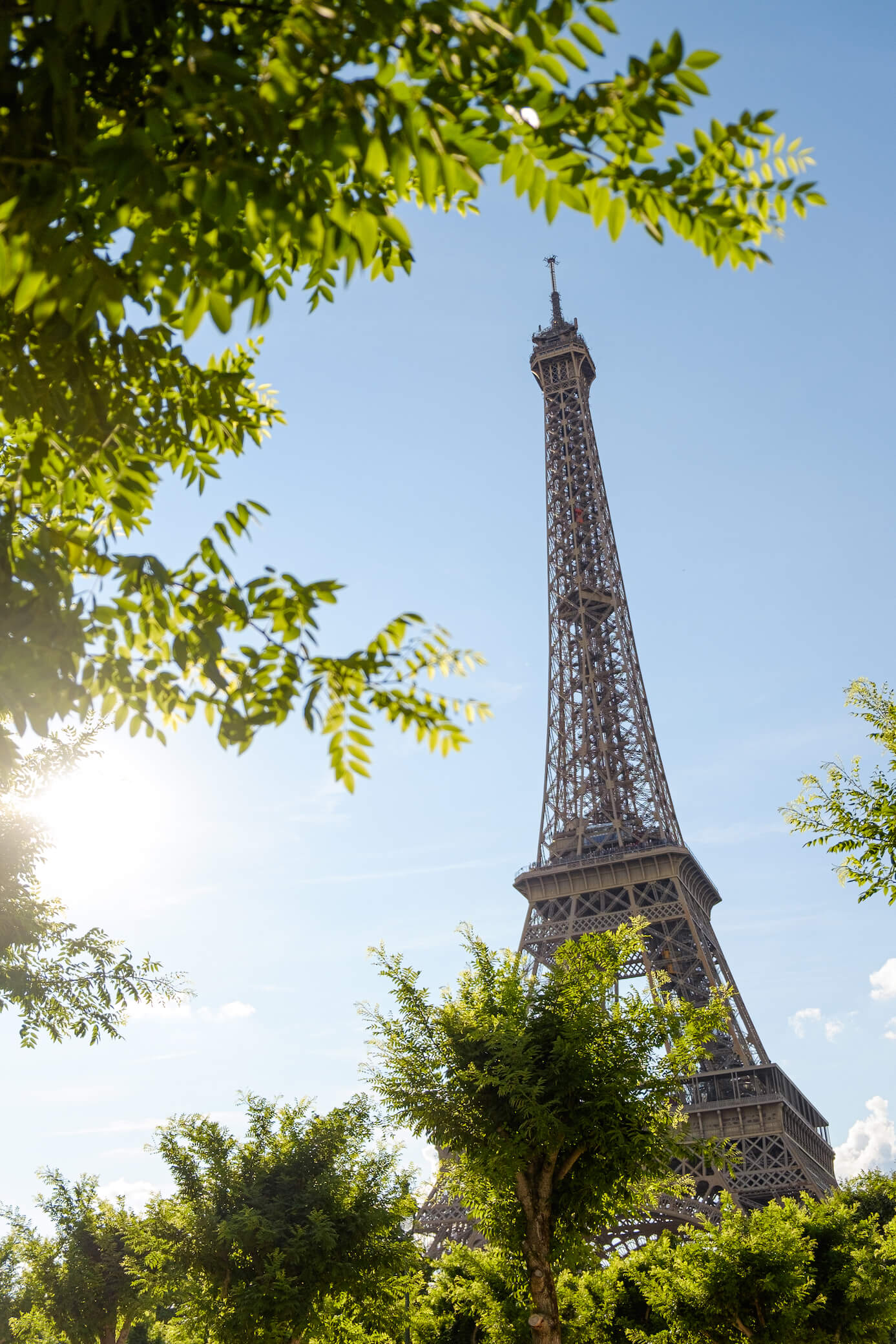
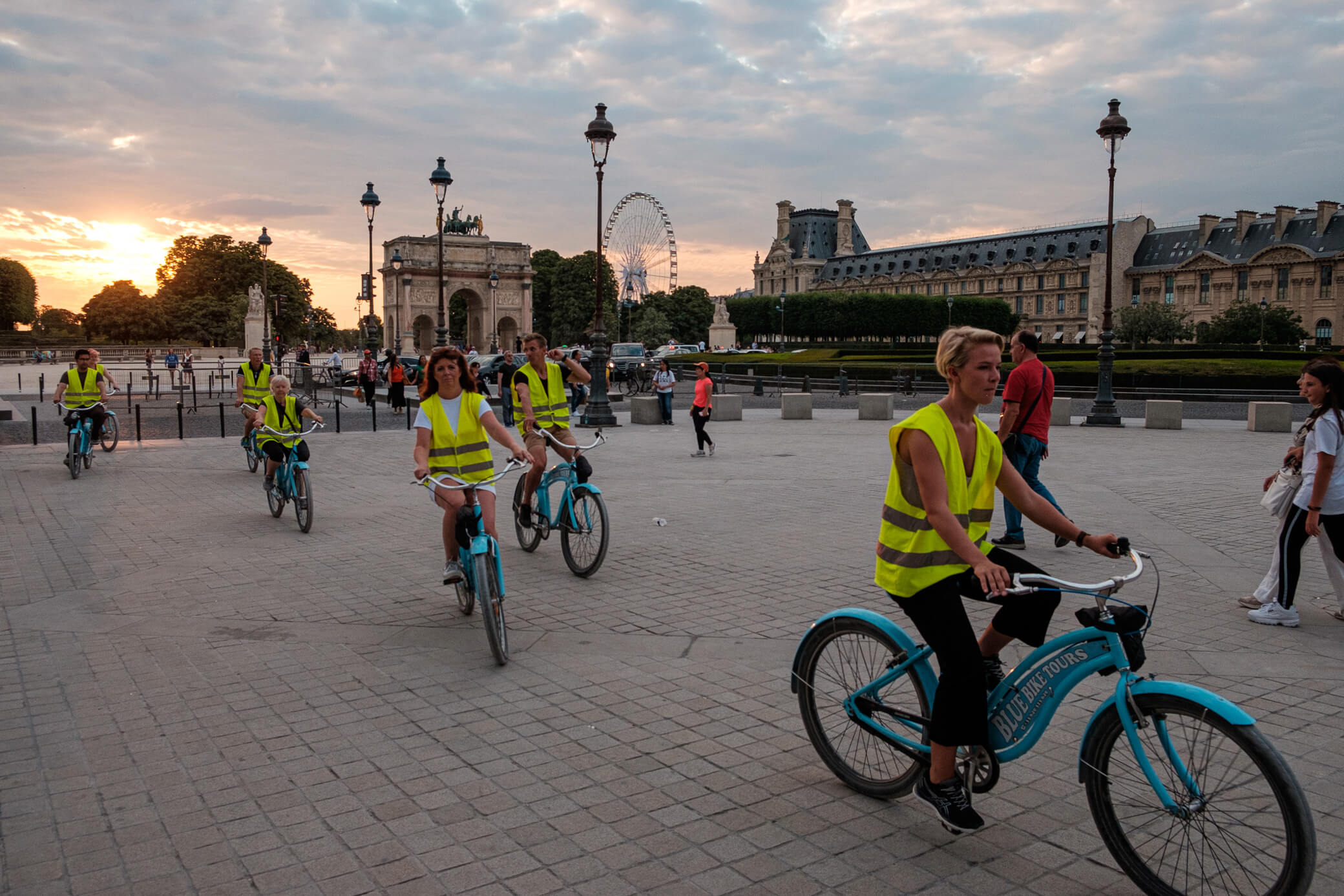
The most breathtaking thing in Paris is also the most cliché: the Eiffel Tower. In person, it’s ten times more impressive than in any photo — first and foremost as a monument to engineering. It’s stunning at any hour of the day.
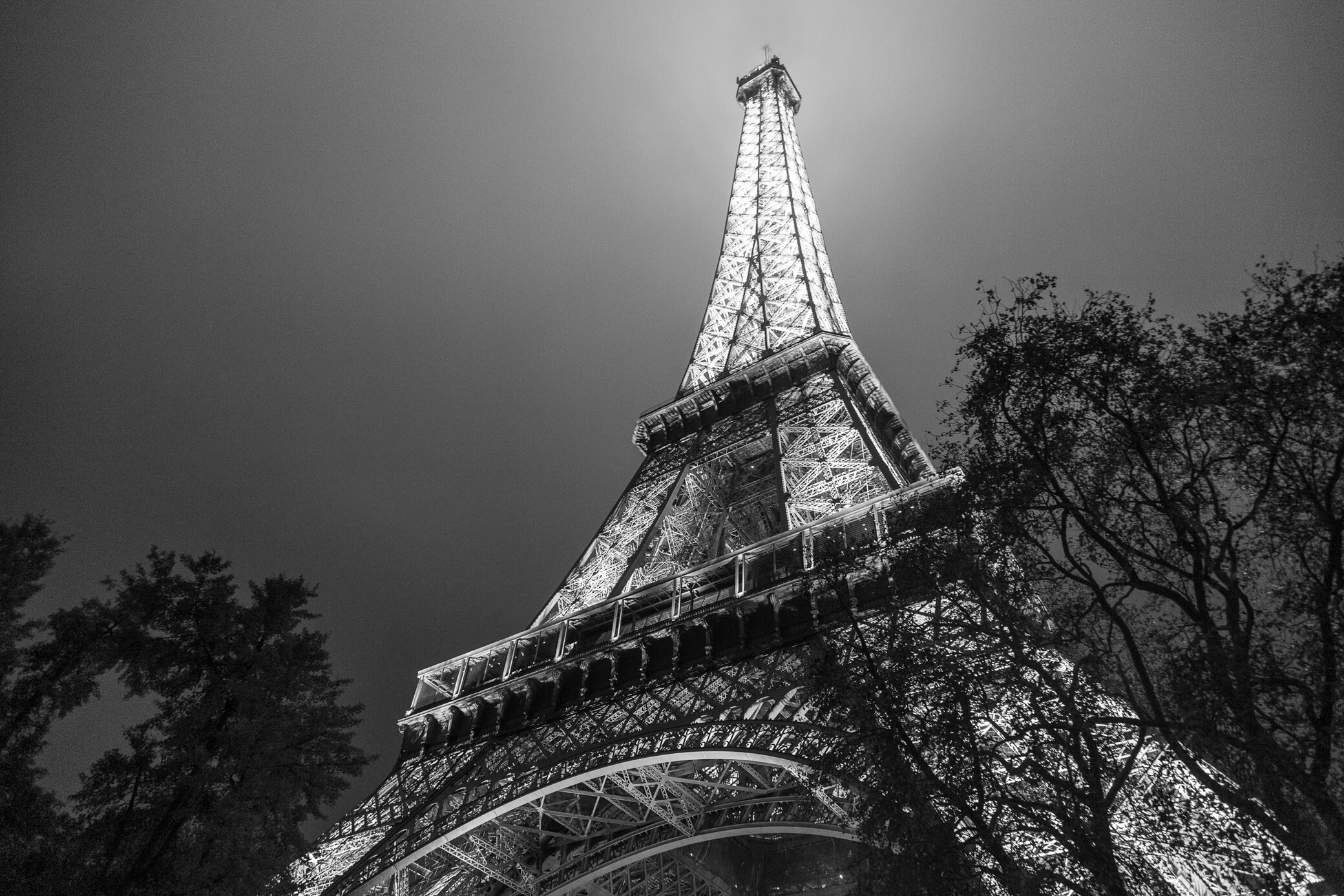

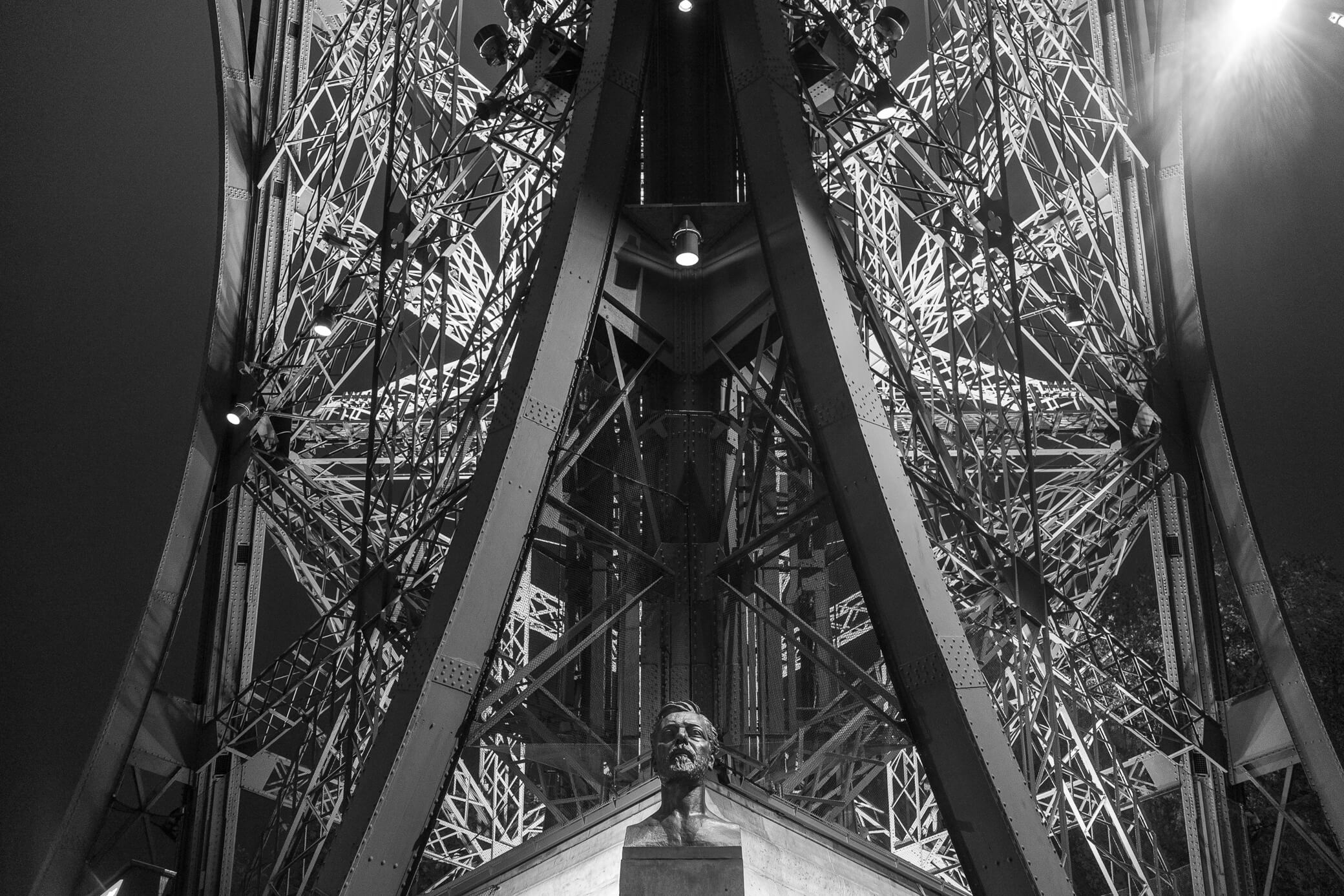
Since 2014, though, it’s been surrounded by fences and security checkpoints with metal detectors — which kind of kills the magic of visiting the city’s most postcard-worthy spot.

A Trip Through France
All French cities are different. The only thing they have in common is that, since 2014, they’ve almost completely faded from memory — leaving behind just a handful of photos and a couple of funny stories. Honestly, it was the dullest part of the trip, but still worth mentioning.
Dijon — a small town in Burgundy with a population of 155,000 and a local wine capital. A couple of Gothic cathedrals, half-timbered houses that survived WWII, cozy streets, peace and quiet. Even one full day there felt like too much.
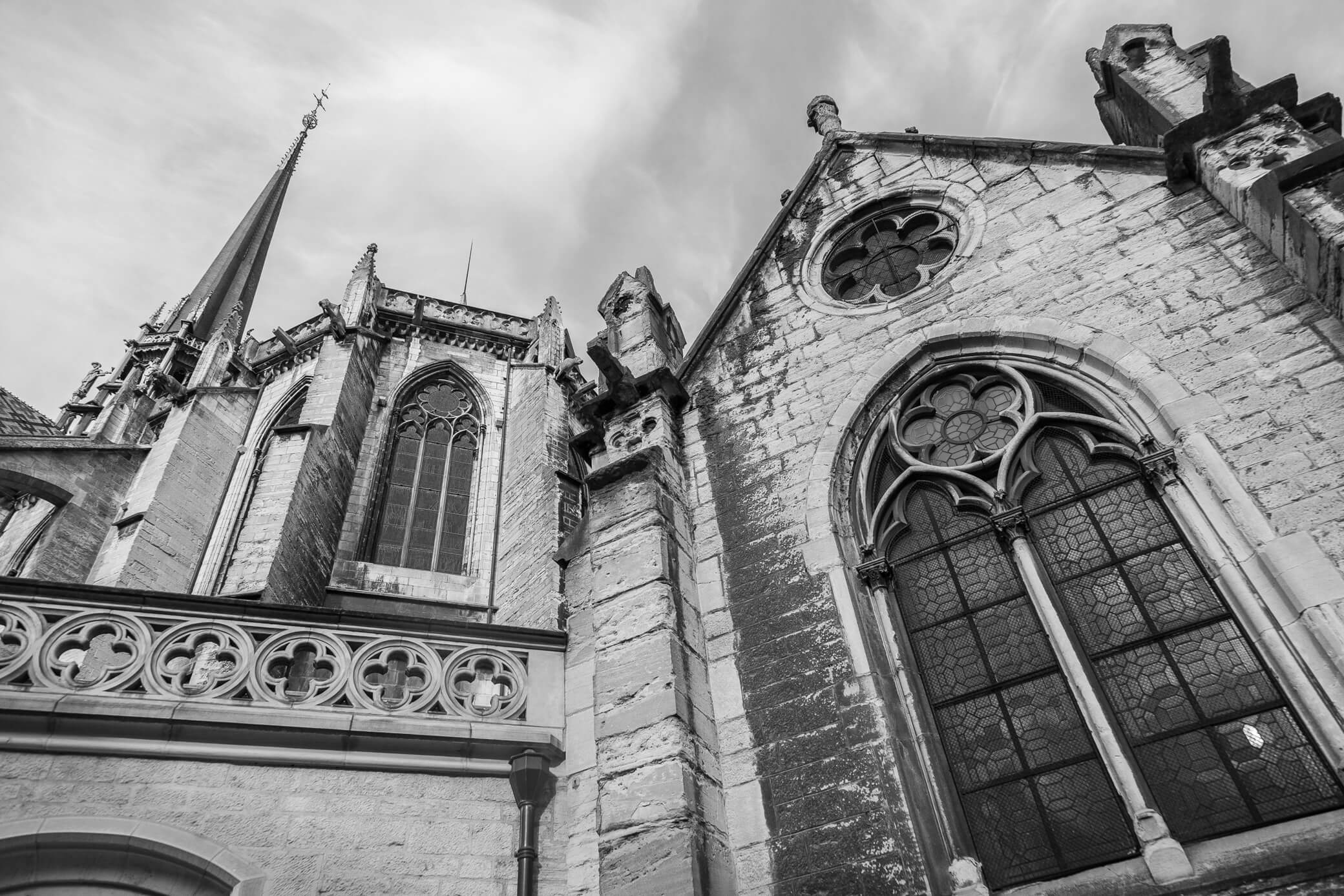


Lyon — the third-largest and arguably the most comfortable city in France. Visually very different from both Paris and Dijon, with its basilicas and bridges. The city even has a few Roman amphitheaters built in the early centuries AD.
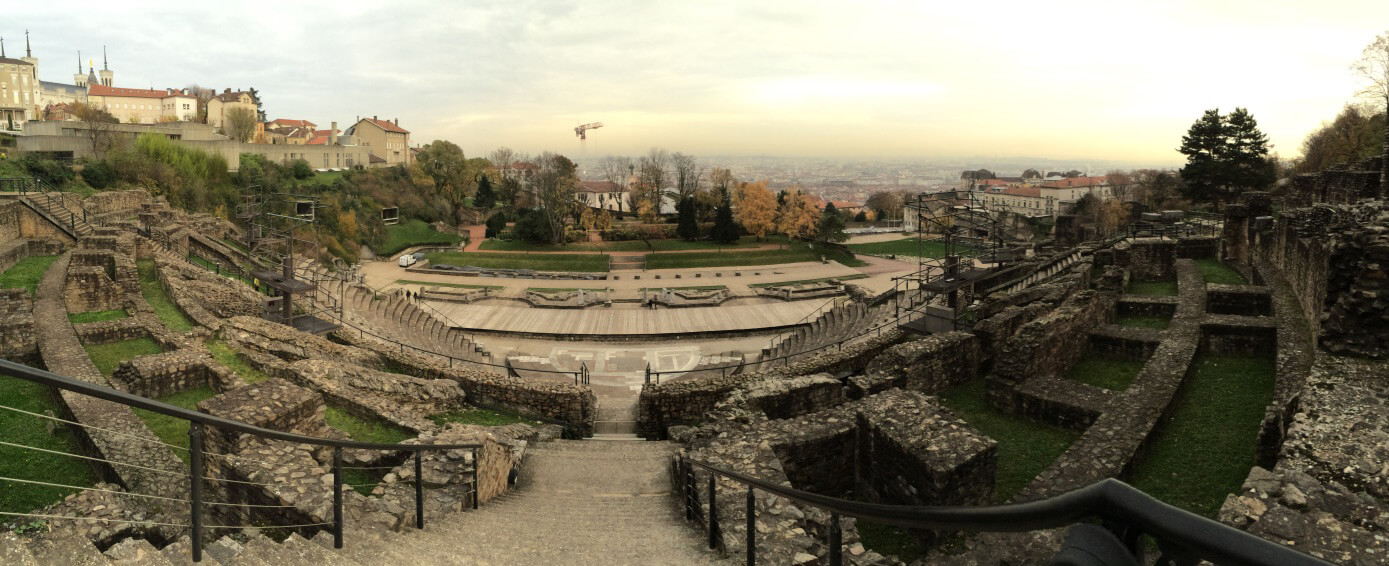

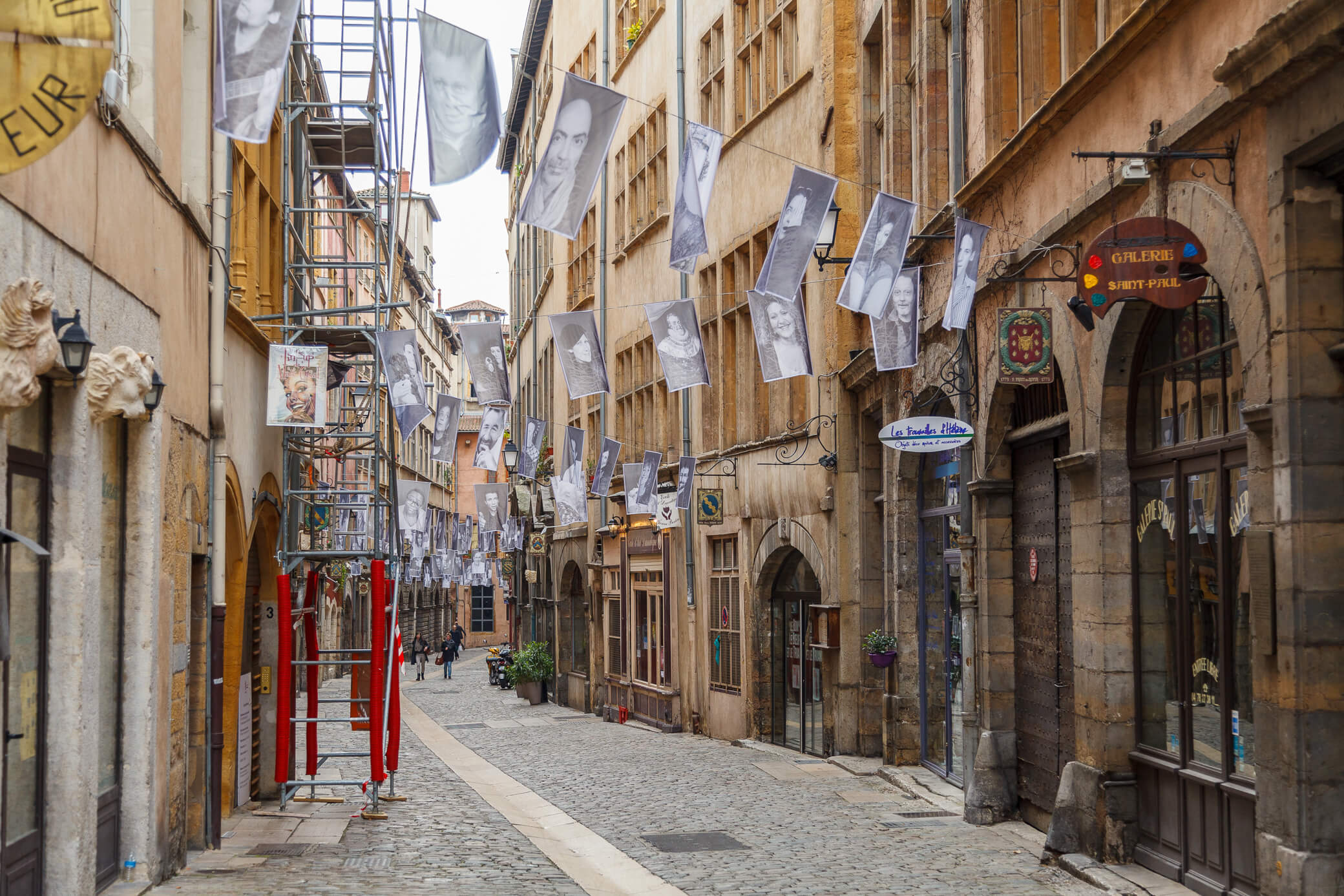

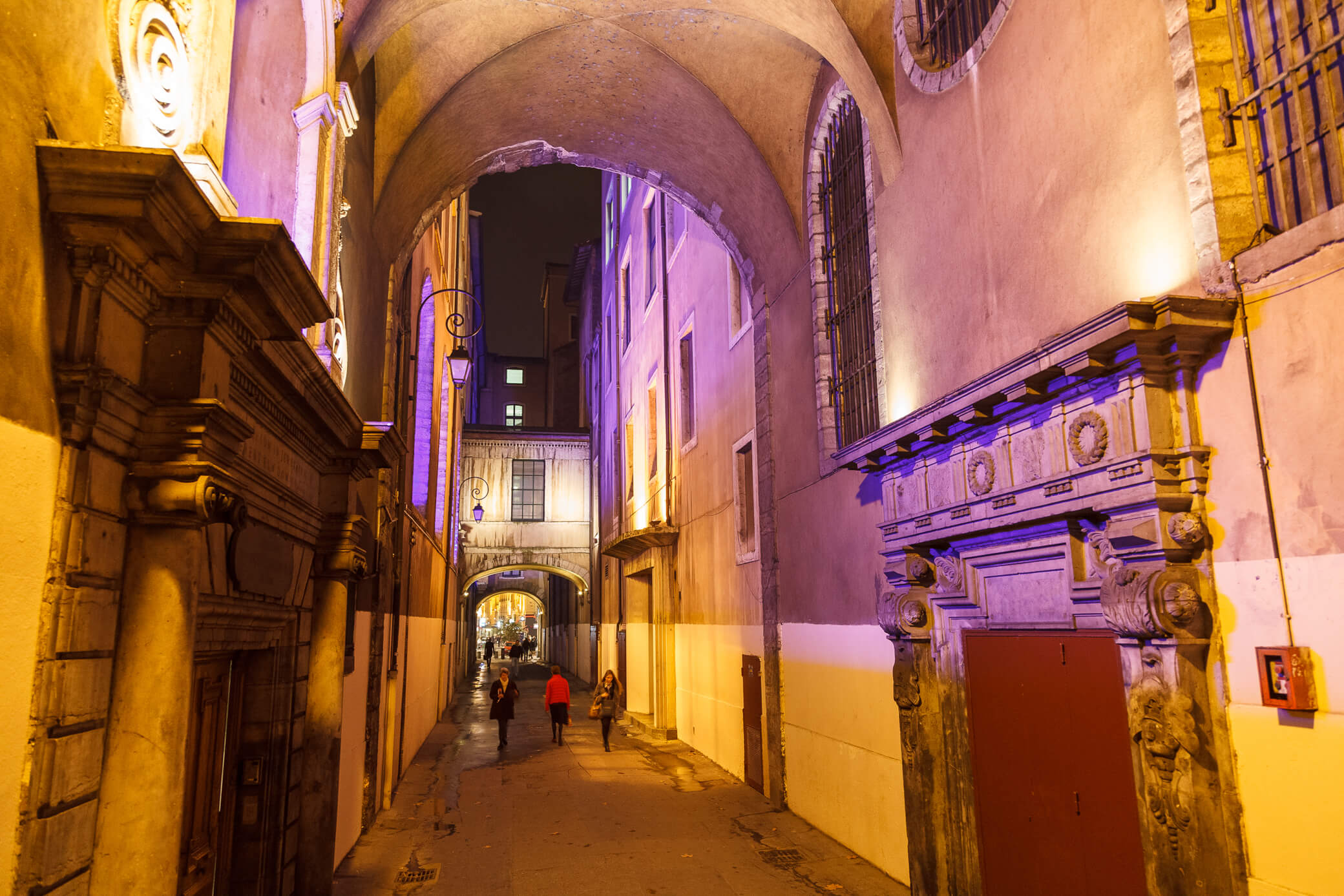
Here, I lost my wallet with all my cash and cards — and randomly bumped into two acquaintances from Russia. The day ended with a hangover, and the next morning the friendly shopkeeper next door happily returned my lost portefeuille with everything still inside.
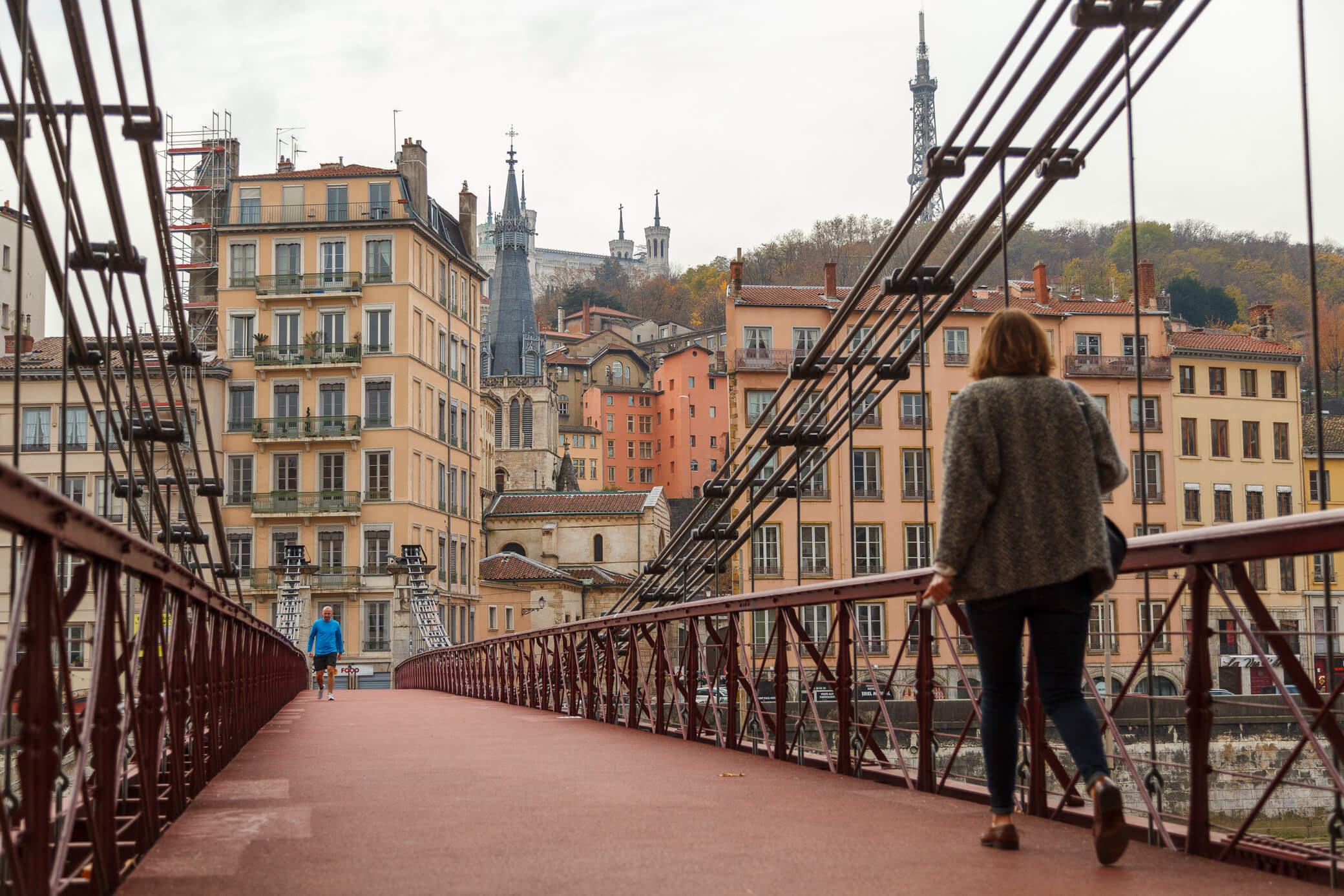
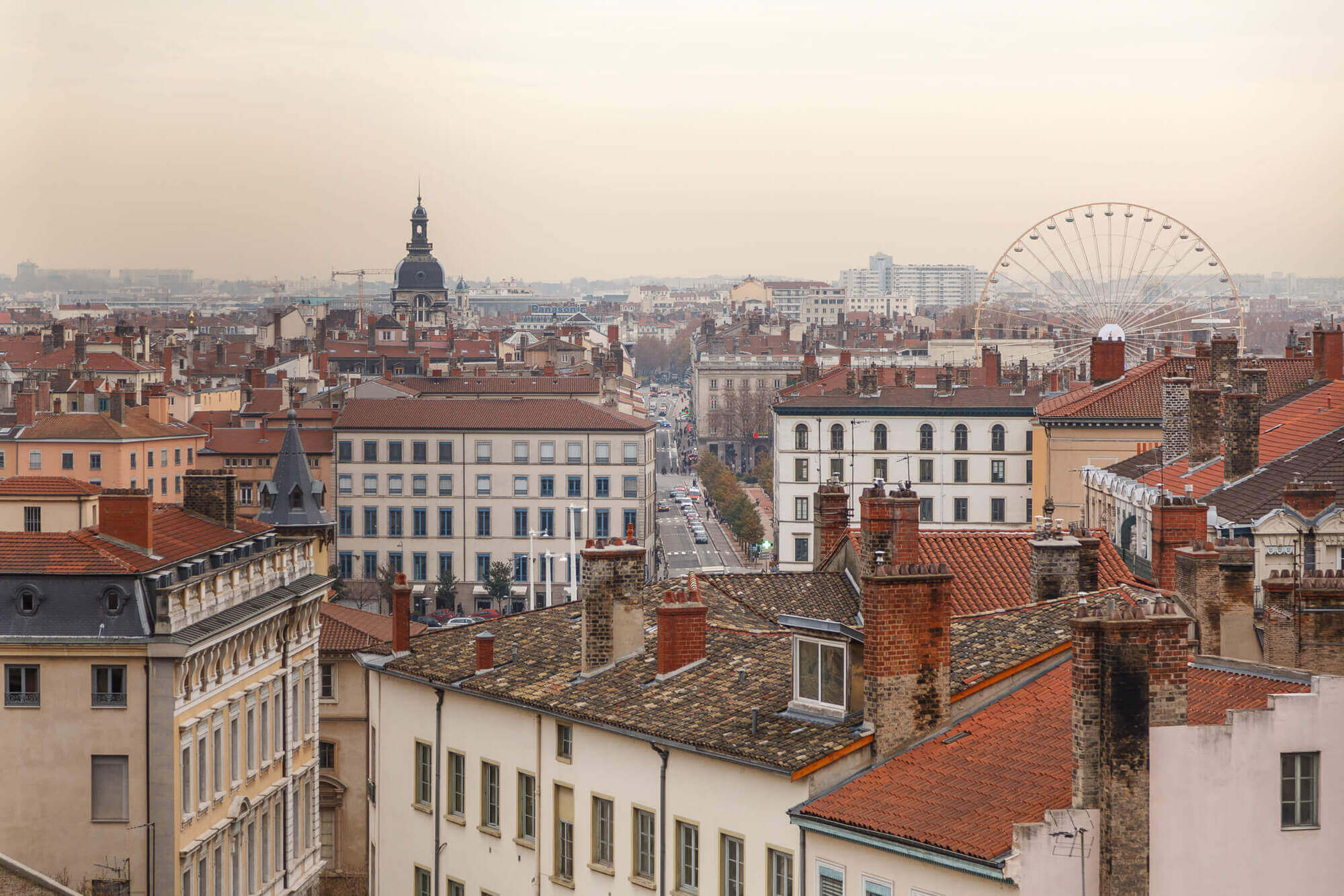
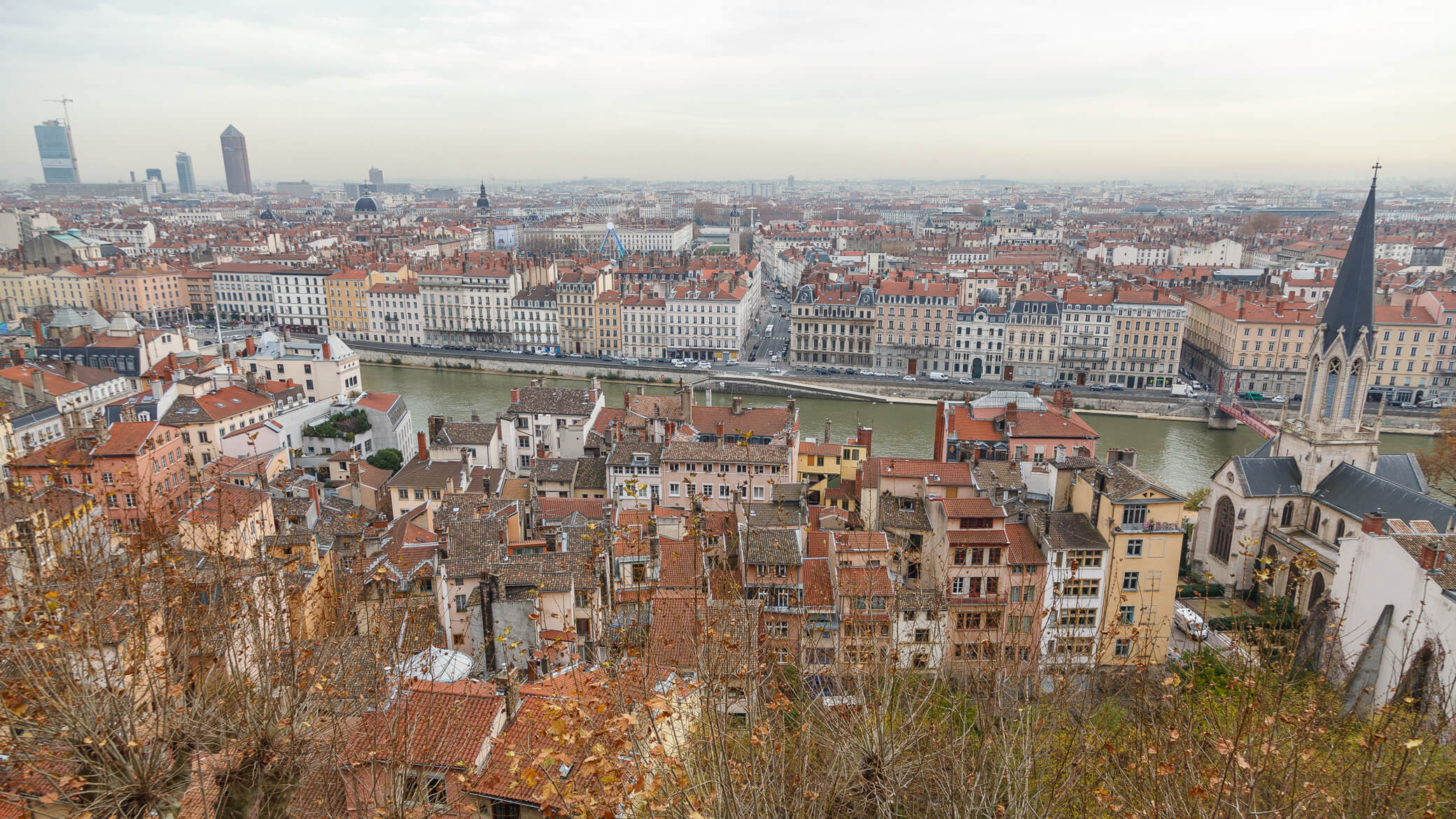

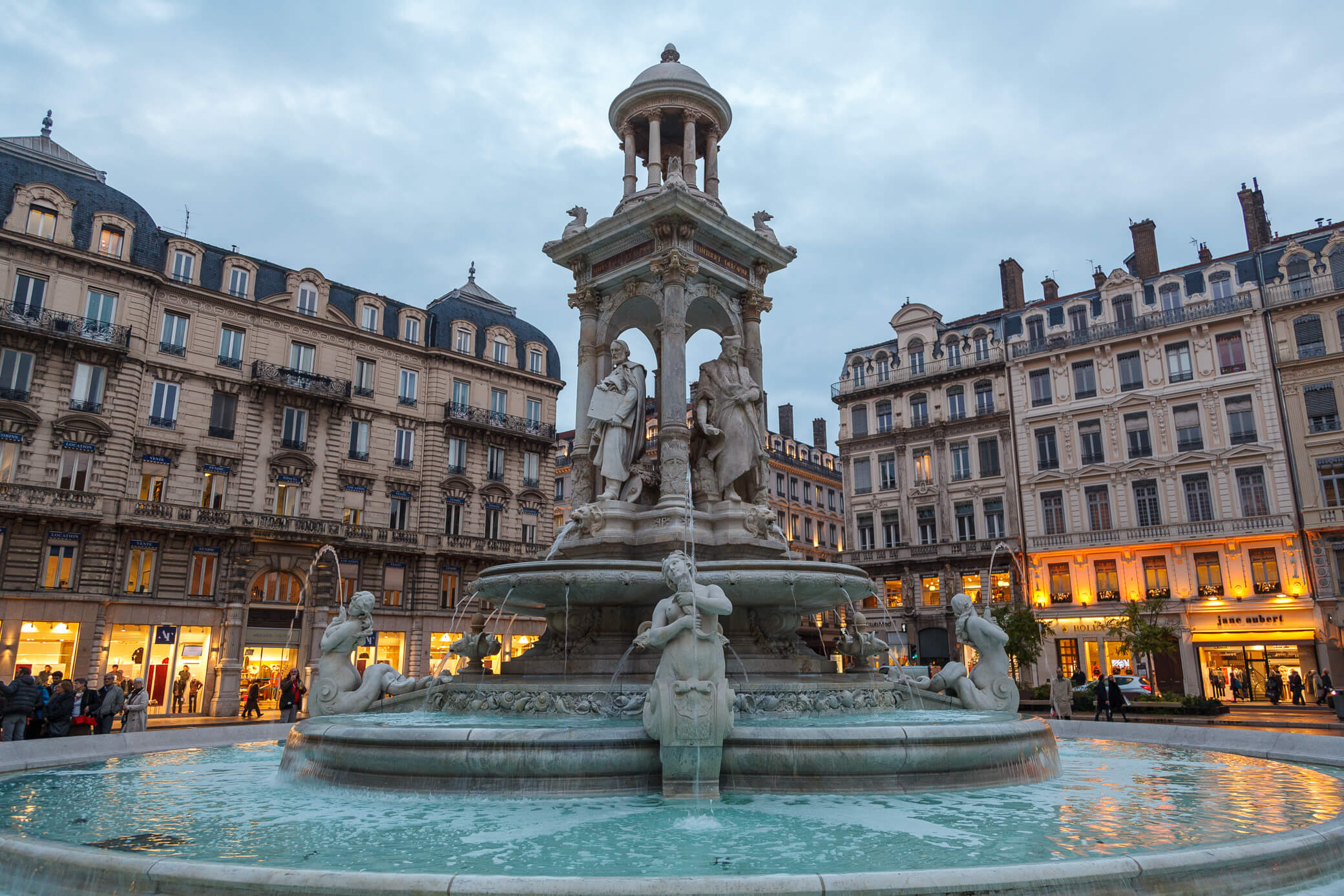
Annecy — a tiny, picturesque town just 40 kilometers from Geneva. It sits on the shore of a stunningly clear lake with views of the Alps. Just remembering that landscape is reason enough to sit by the water until the sun goes down.
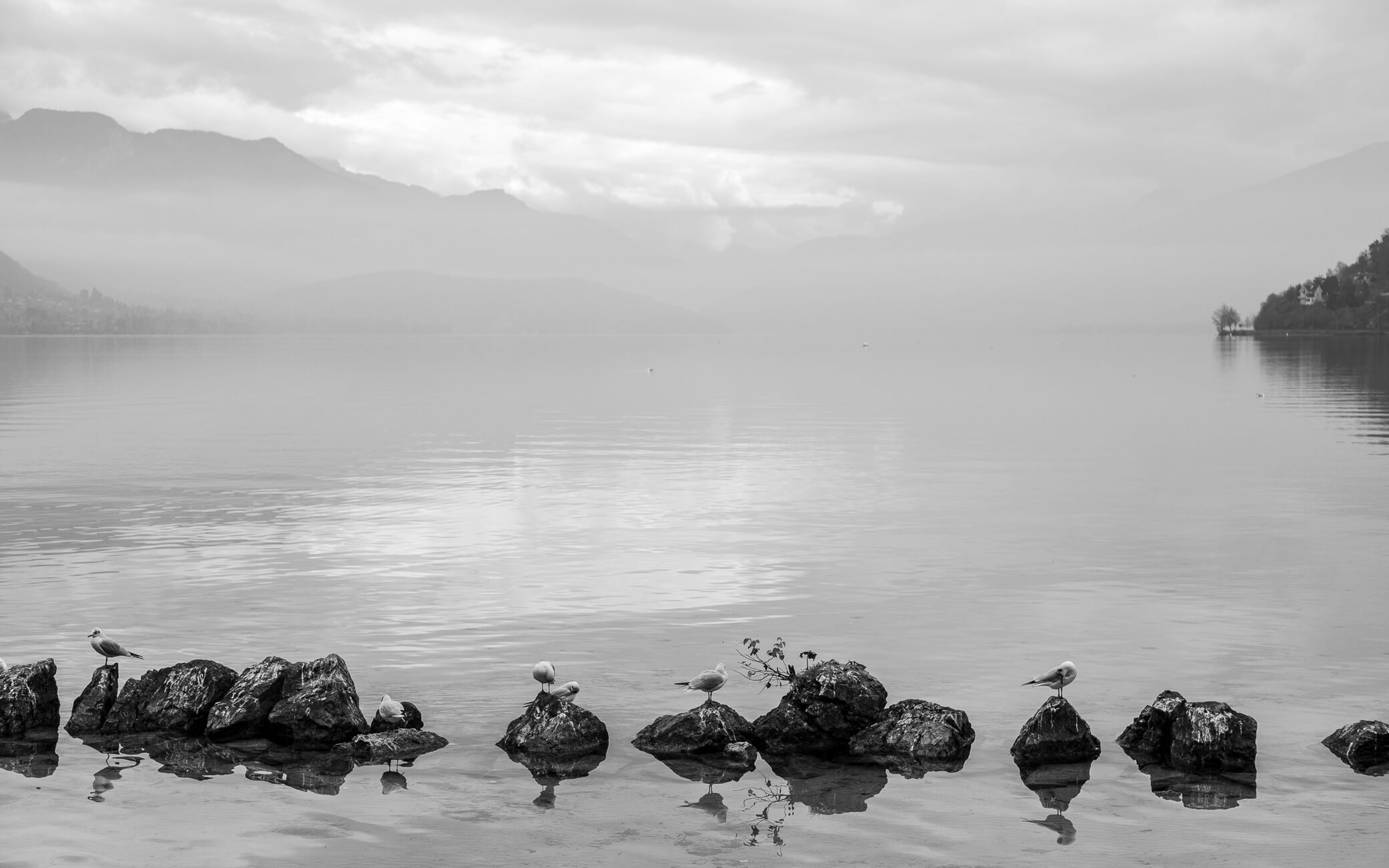
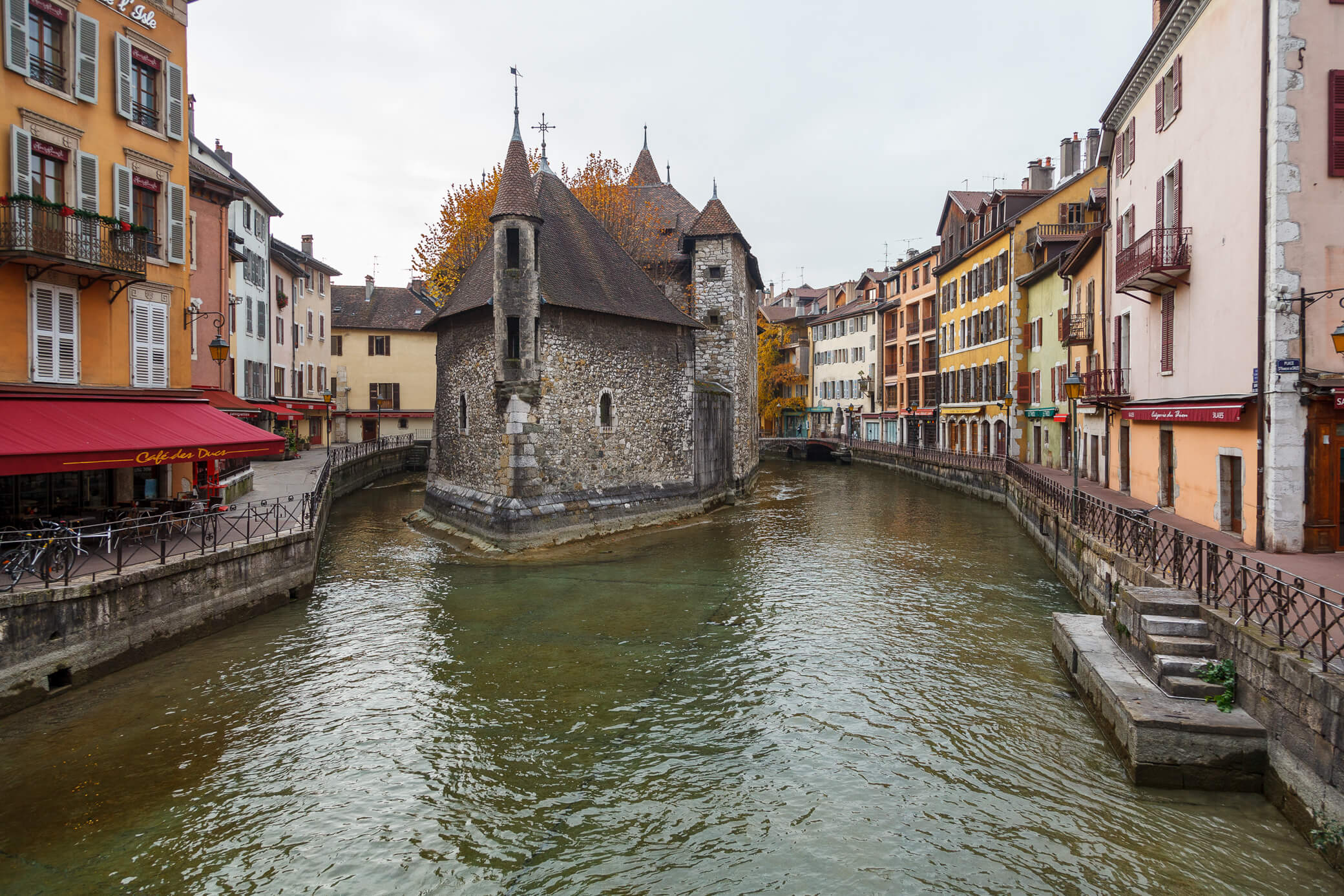
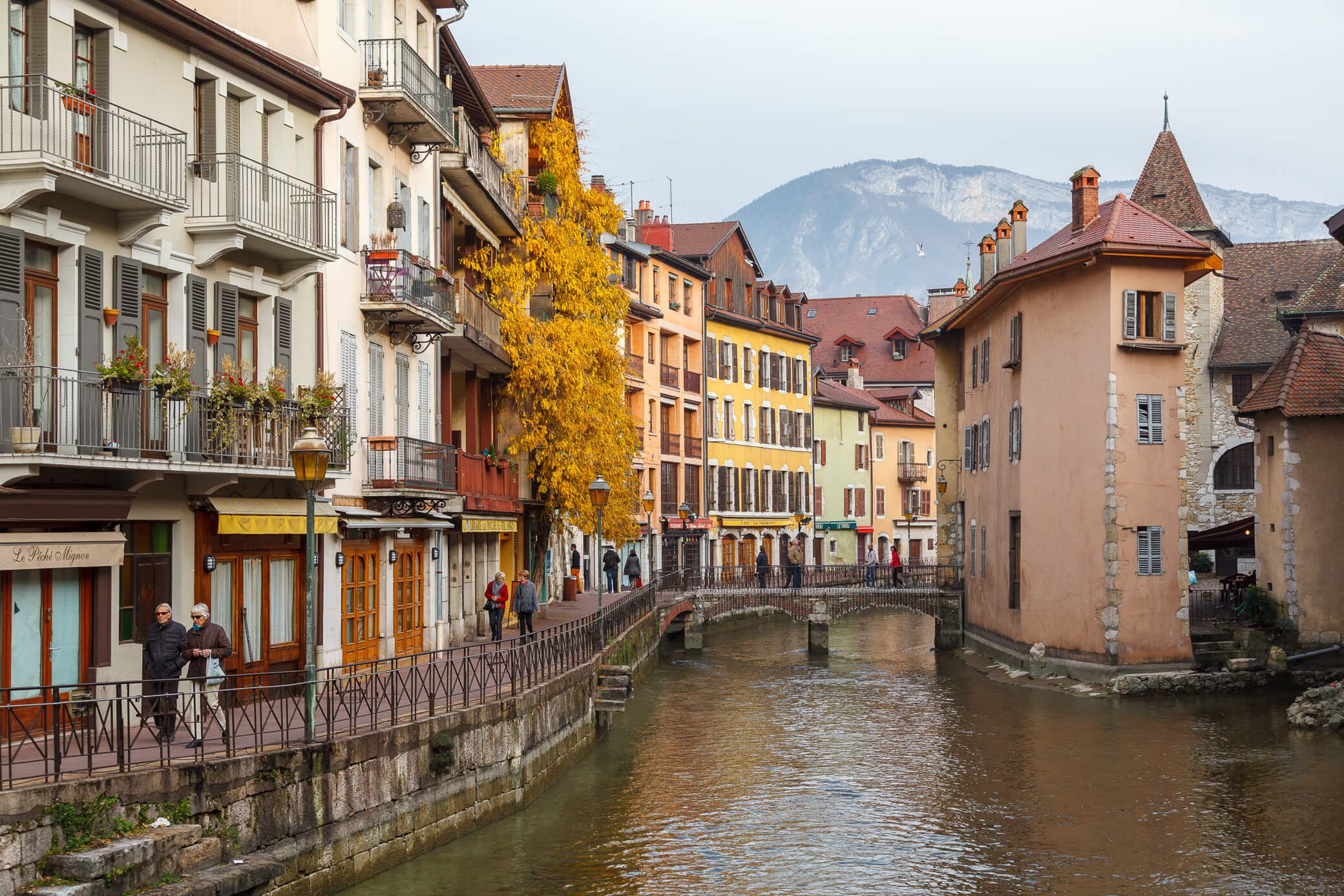
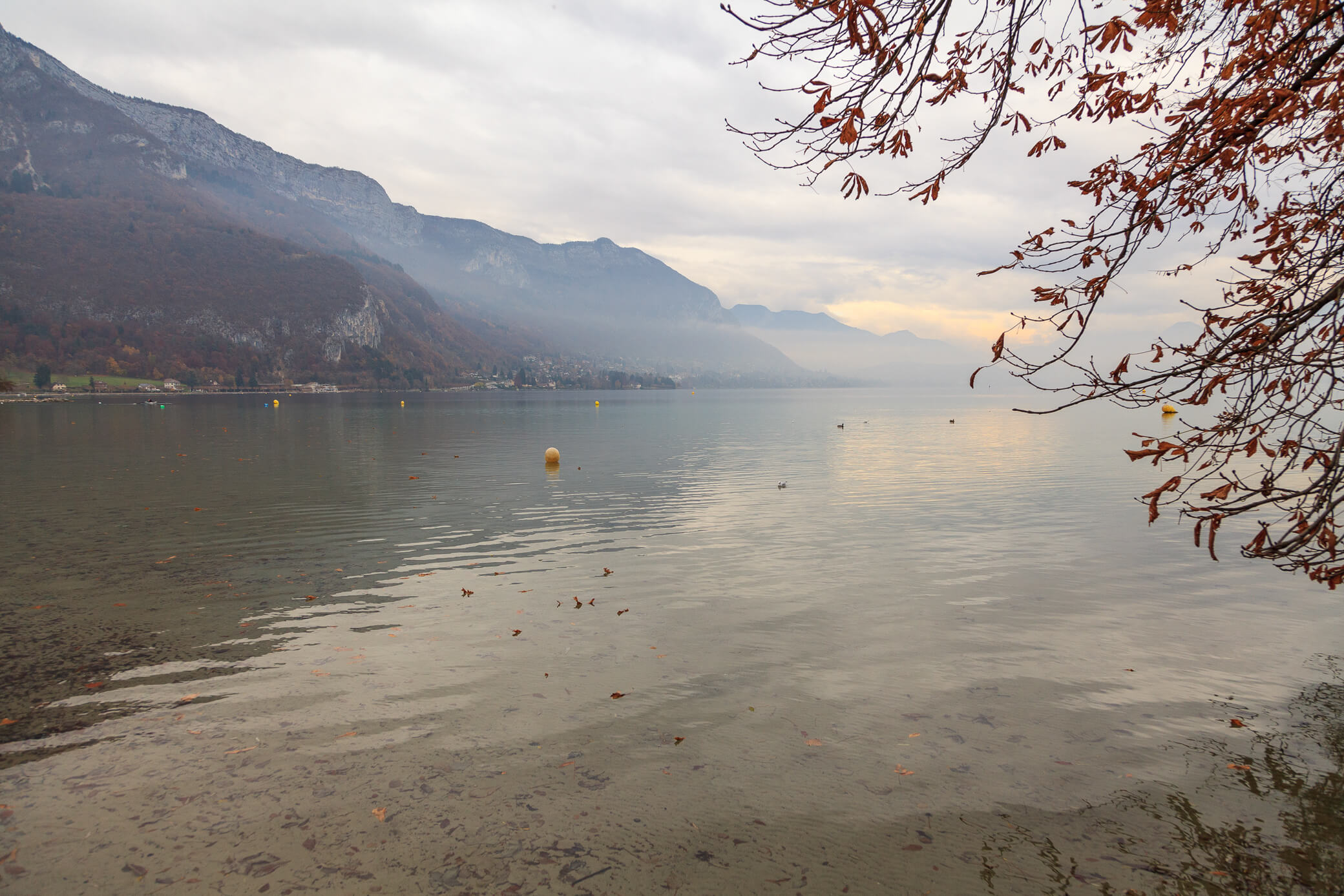
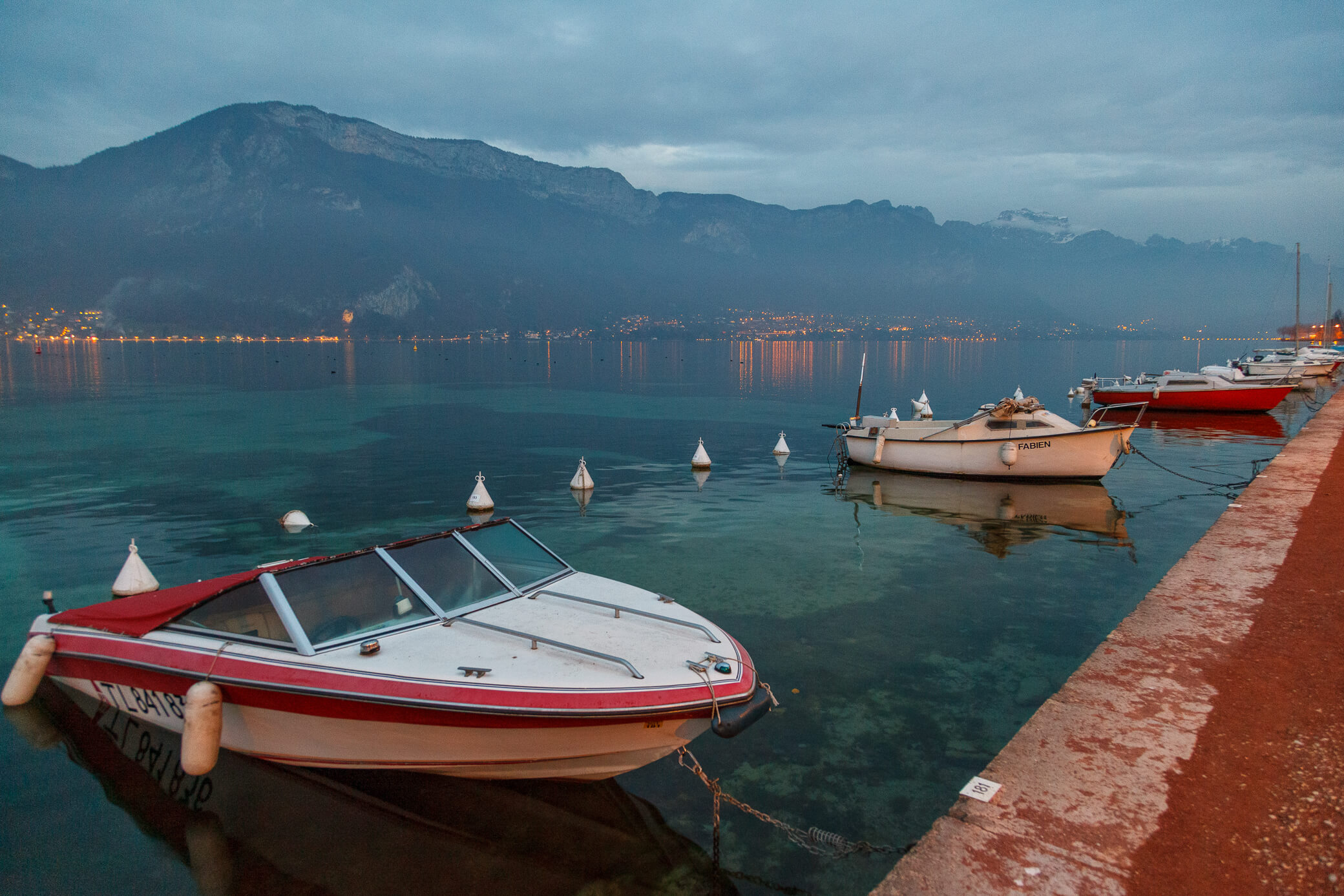
Colmar — a small town in the Alsace region that’s been passed back and forth between the French and Germans. German cuisine, gingerbread-style houses, and a local dialect full of German words. Feels nothing like France.
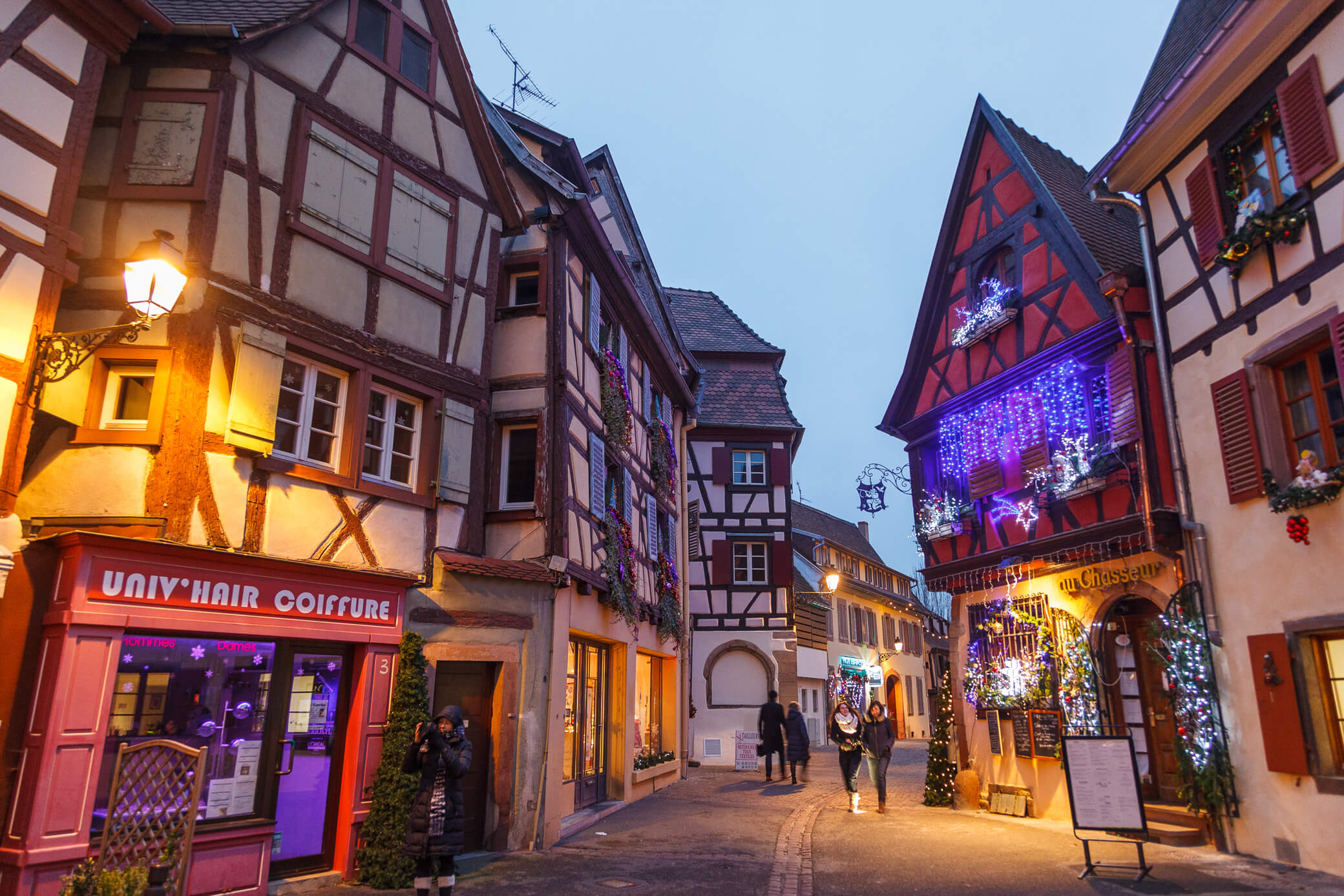
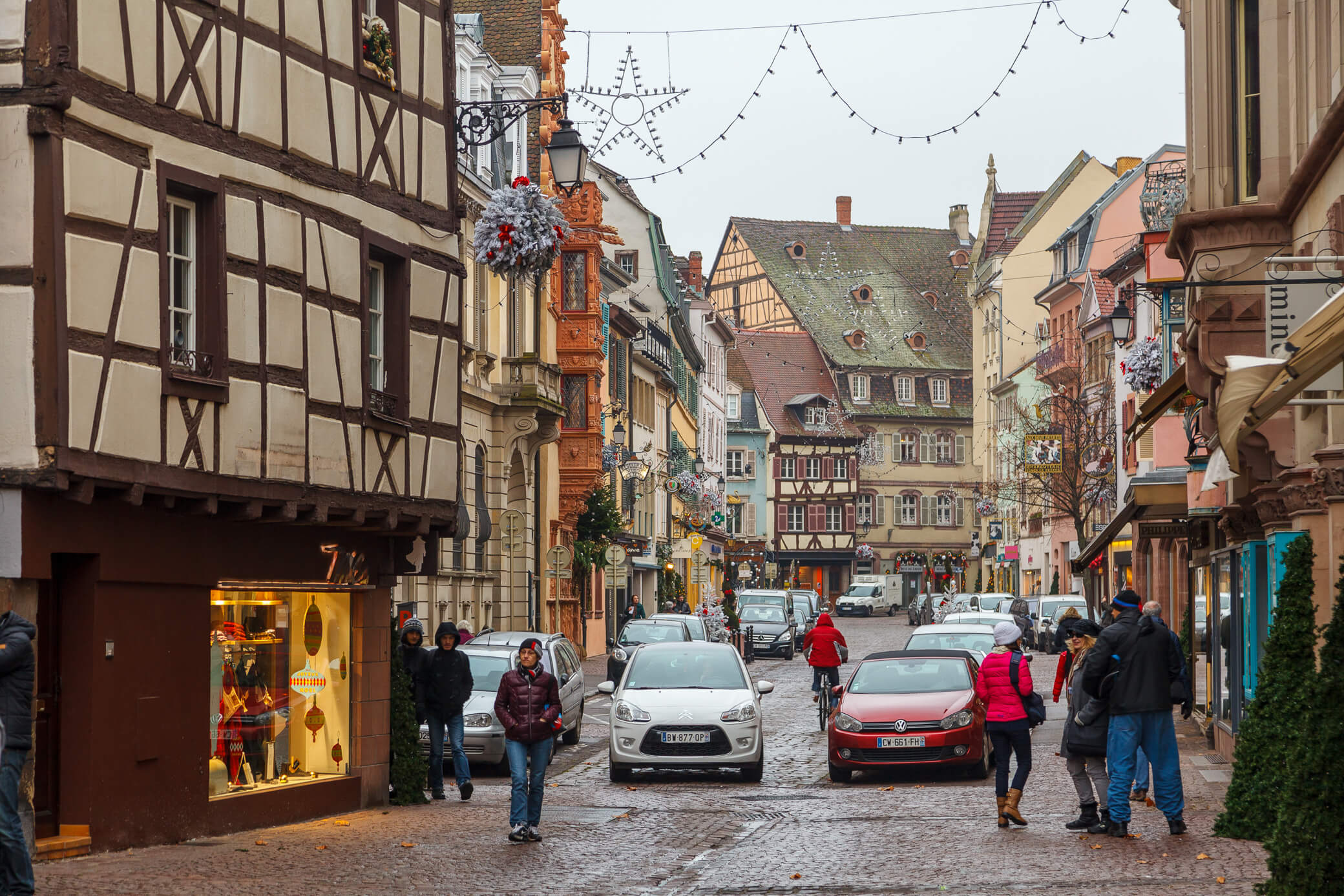

Same goes for Strasbourg — the capital of Alsace, known for its cathedral. The basilica really is stunning, with its façade and rose windows… though sadly, my camera sensor didn’t do them justice.
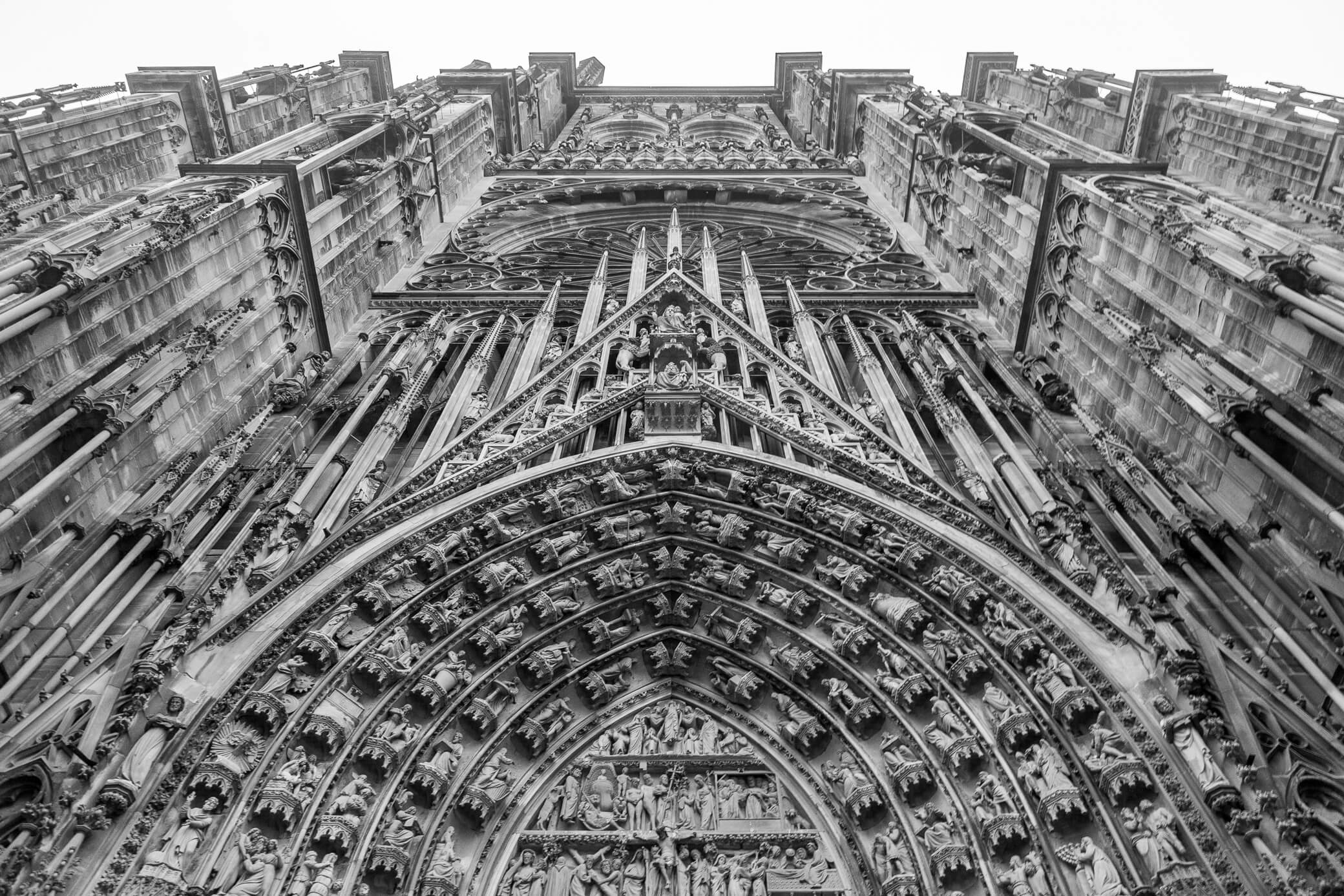
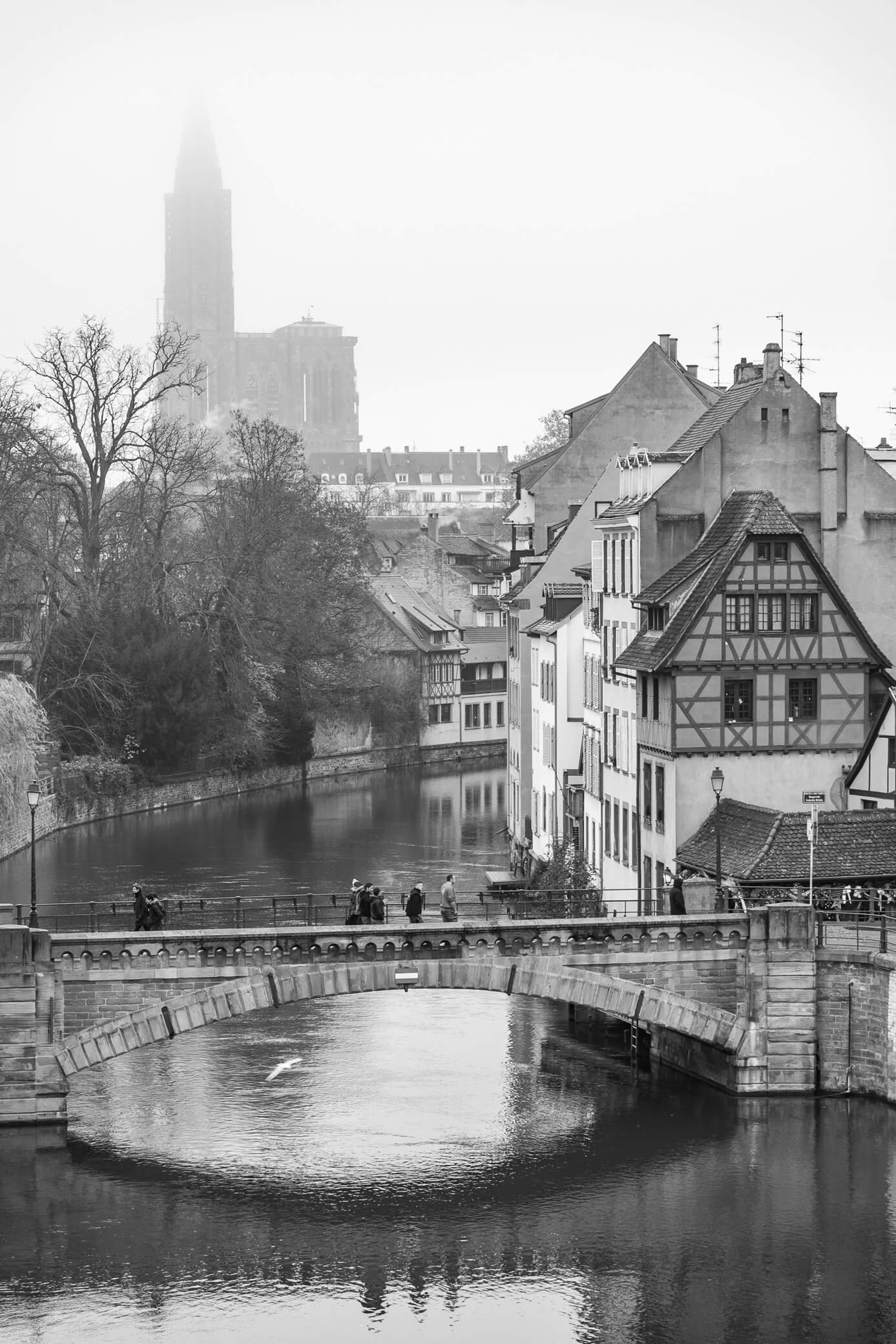

Strasbourg is also home to the European Court of Human Rights, whose surroundings are filled with tent camps and posters with all kinds of social and political slogans. Back in 2014, there were a lot of visitors from Ukraine.
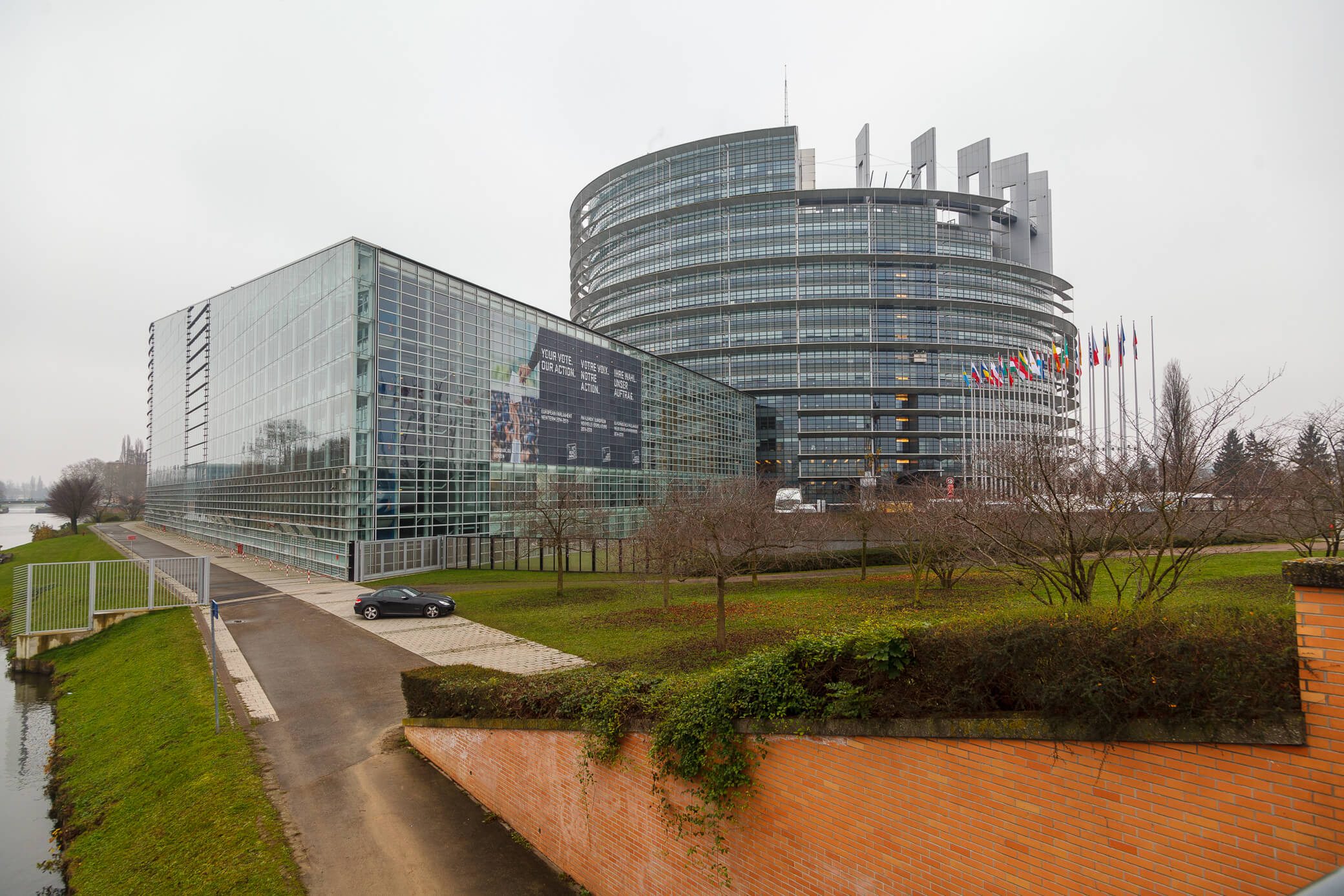

That November in France was all about dampness, cold, poor English, and a general sense of messiness. I don’t even remember what brought me to those towns. But from today’s perspective, even those trips seem magical and unreal.
Wishing this planet a swift exit from quarantine, so you can visit these places without any of the baggage I brought with me.
